Photo Exhibition “Historical chronicle: 30 years of independence, peace and harmony”
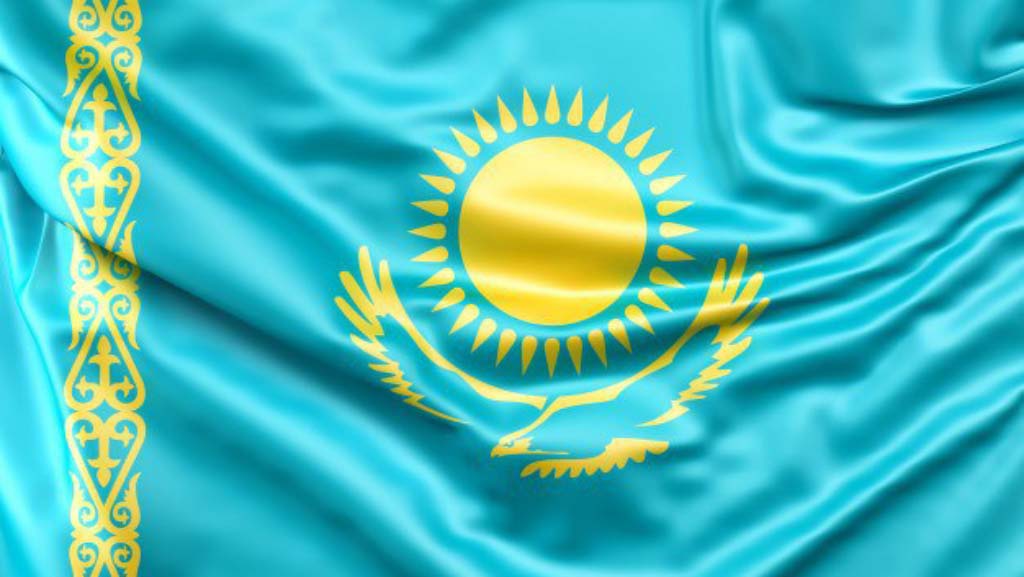
This year the Republic of Kazakhstan celebrates the 30th anniversary of independence. The achievements of Kazakhstan and its citizens in a relatively short period of time testify to the effectiveness of the chosen strategic path in the development of state integrity. Let us recall together how in such a short period of time the country managed to build a balanced interethnic environment, a constructive multi-vector foreign policy and, importantly, make a significant contribution to global stability.
- On August 29, 1991, the First President of the Republic of Kazakhstan Nursultan Nazarbayev signed a decree on the closure of the Semipalatinsk nuclear test site. As one of the countries of the former Soviet Union, at the beginning of the 90s of the XX century, Kazakhstan ranked fourth in the world in terms of the capacity of the arsenal of nuclear weapons. The closure of the nuclear test site was a significant contribution to the stability of the world community. Since then, the state has assigned itself a very important role in matters of global nuclear safety.
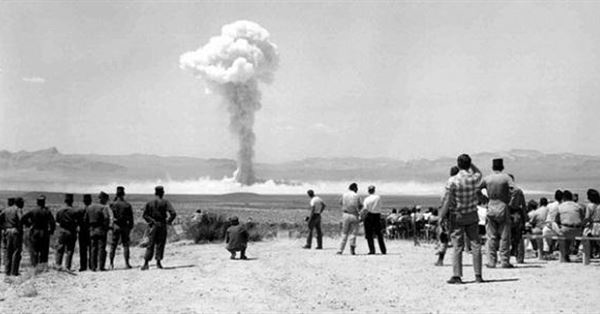
The first test (out of 468) of Soviet nuclear weapons at the Semipalatinsk test site (1949).
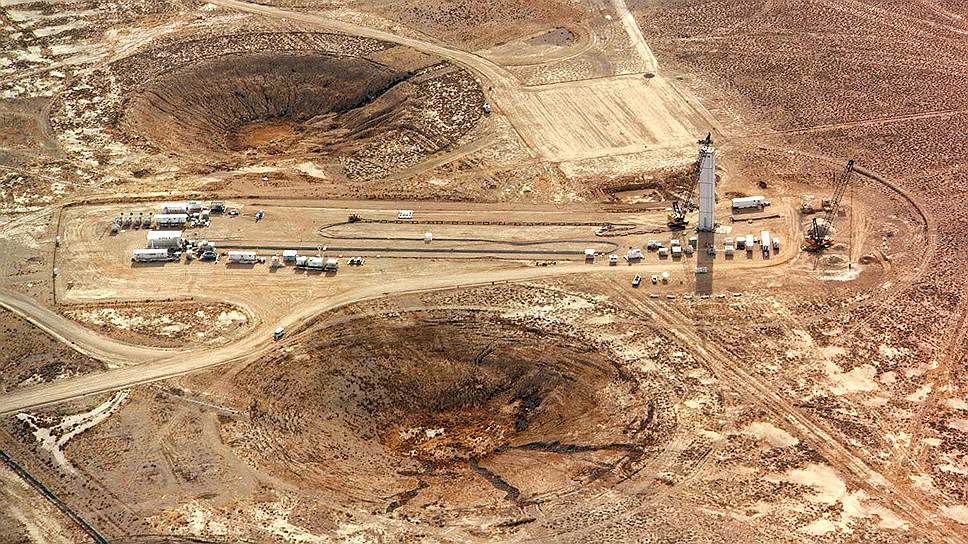
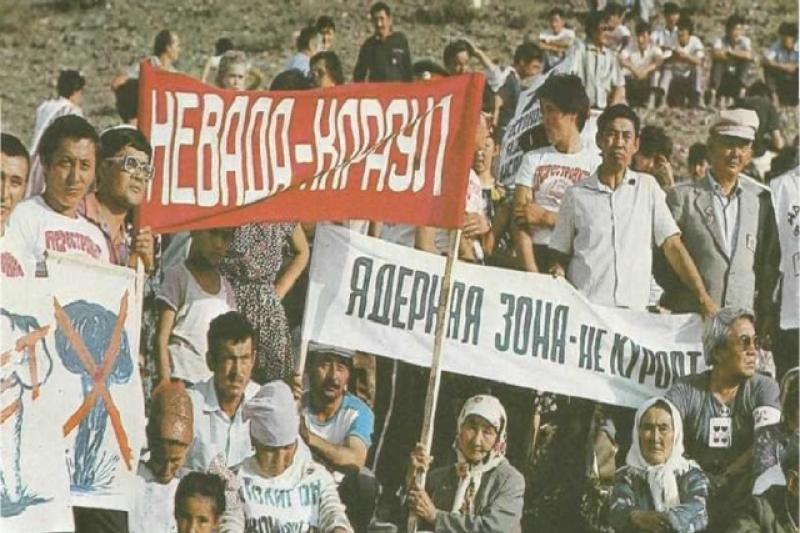
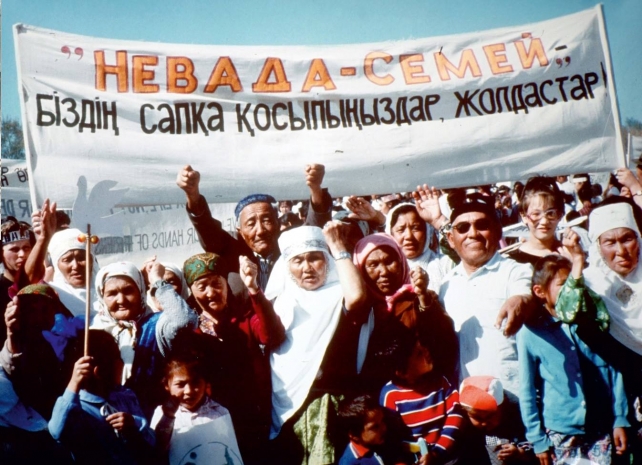
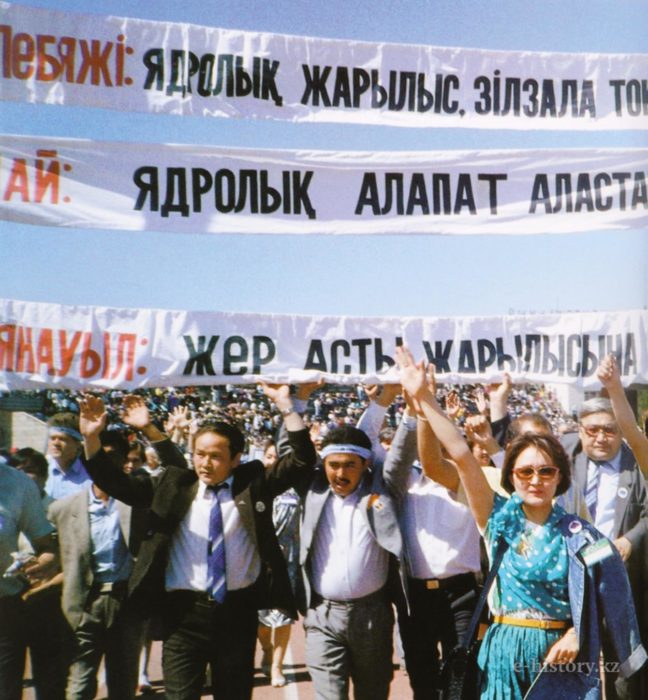
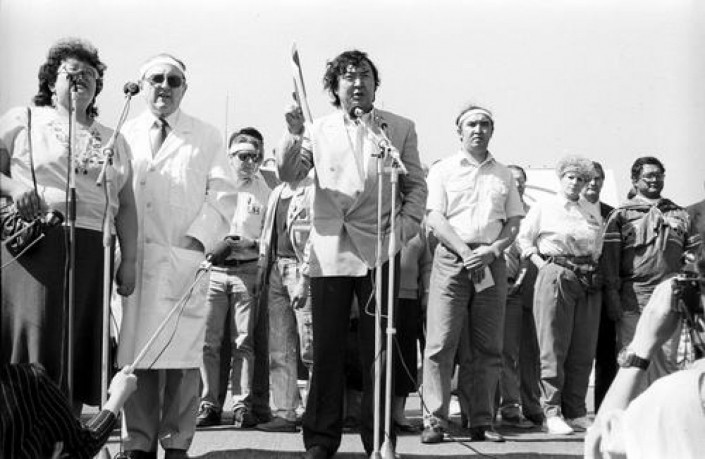 Creation of the anti-nuclear movement "Nevada-Semipalatinsk" (1989).
Creation of the anti-nuclear movement "Nevada-Semipalatinsk" (1989).
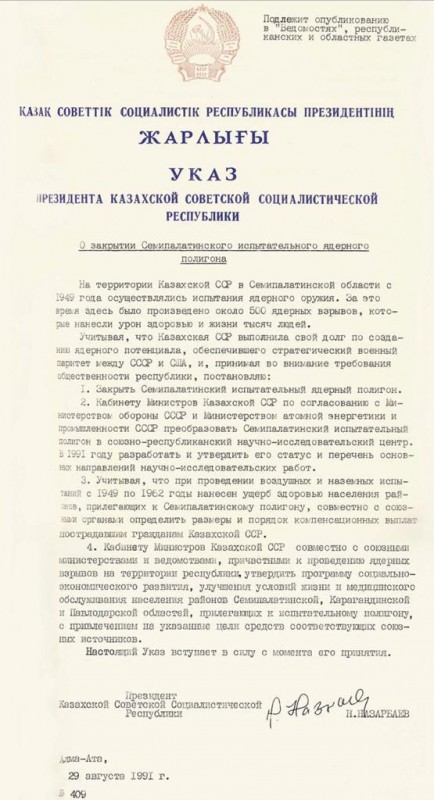
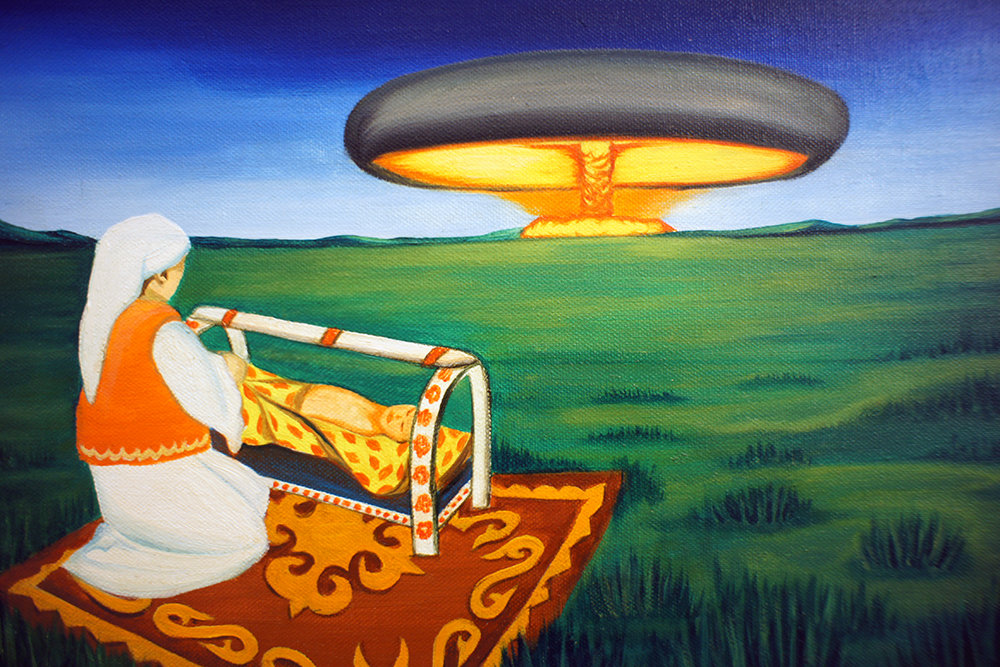
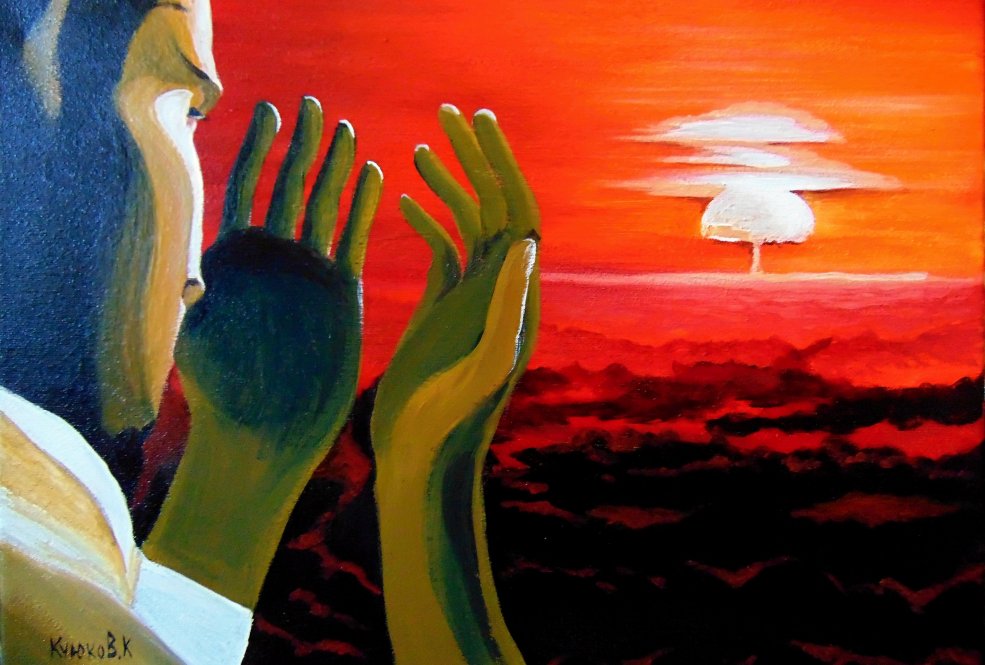 Semipalatinsk catastrophe through the eyes of the Kazakh artist Karipbek Kuyukov.
Semipalatinsk catastrophe through the eyes of the Kazakh artist Karipbek Kuyukov.
- On December 16, 1991, the state independence of the Republic of Kazakhstan was proclaimed. Nursultan Nazarbayev became the first President of the country.
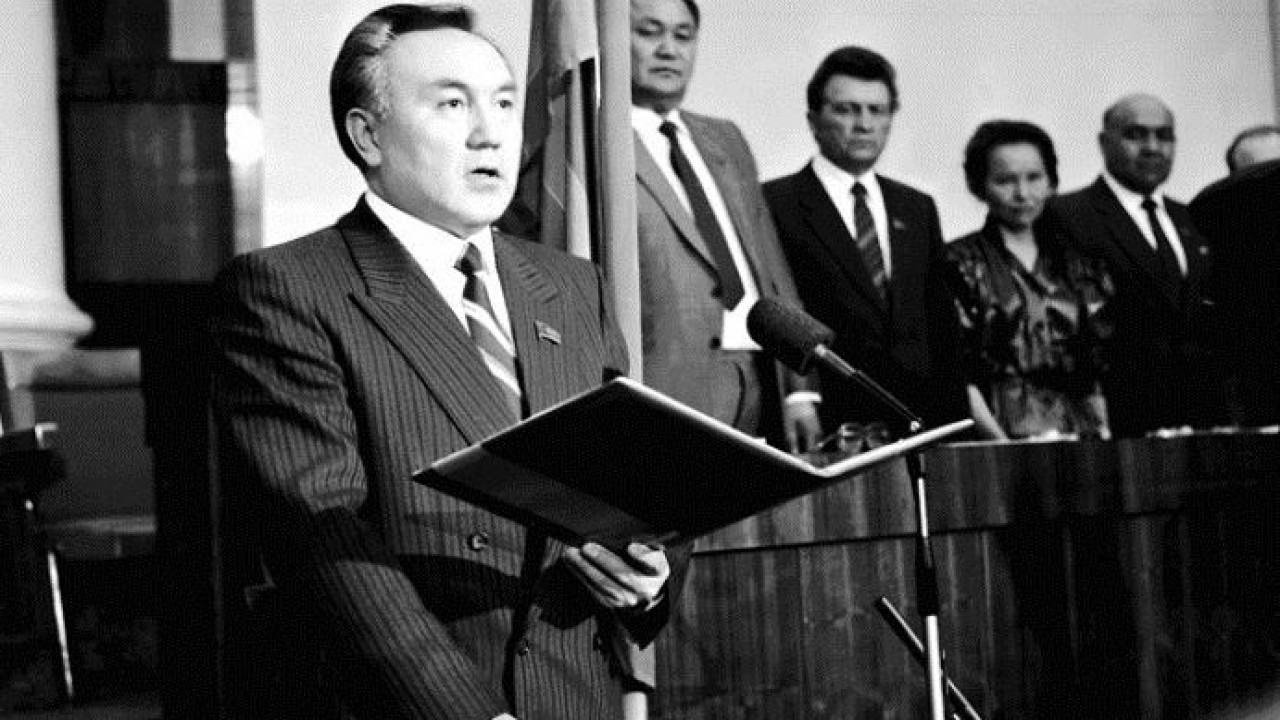
Nursultan Nazarbayev takes the oath of the elected First President of the country.
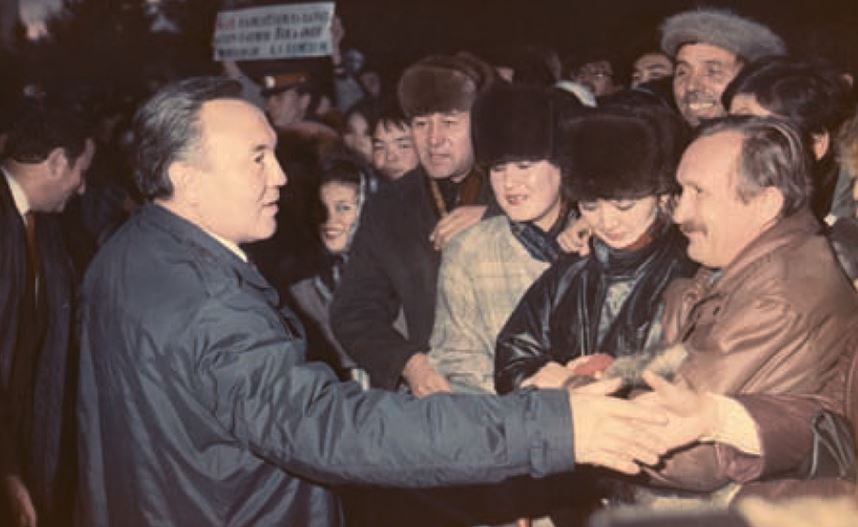
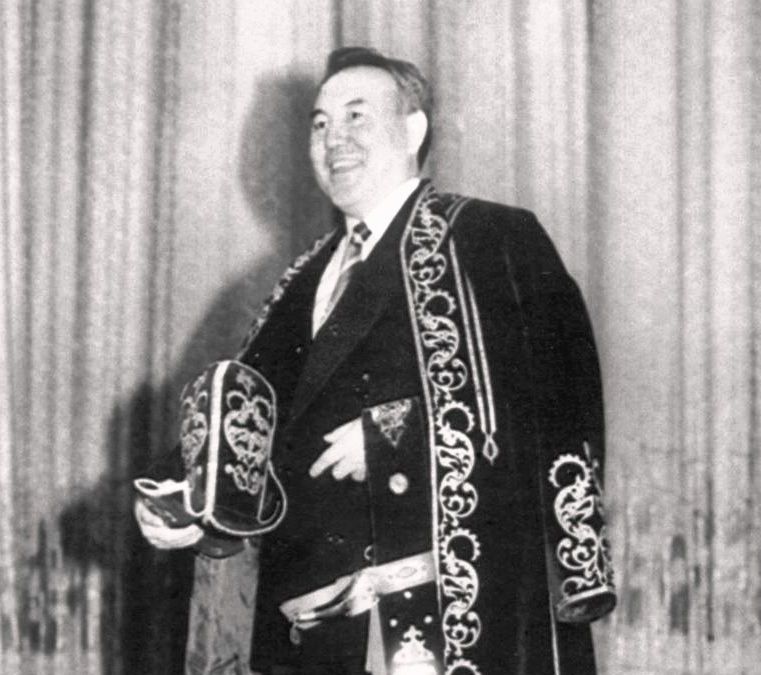
- On March 2, 1992, Kazakhstan joined the UN. Following the results of the 46th session of the United Nations General Assembly, by resolution 46/224, the Republic of Kazakhstan was unanimously admitted to the UN membership.
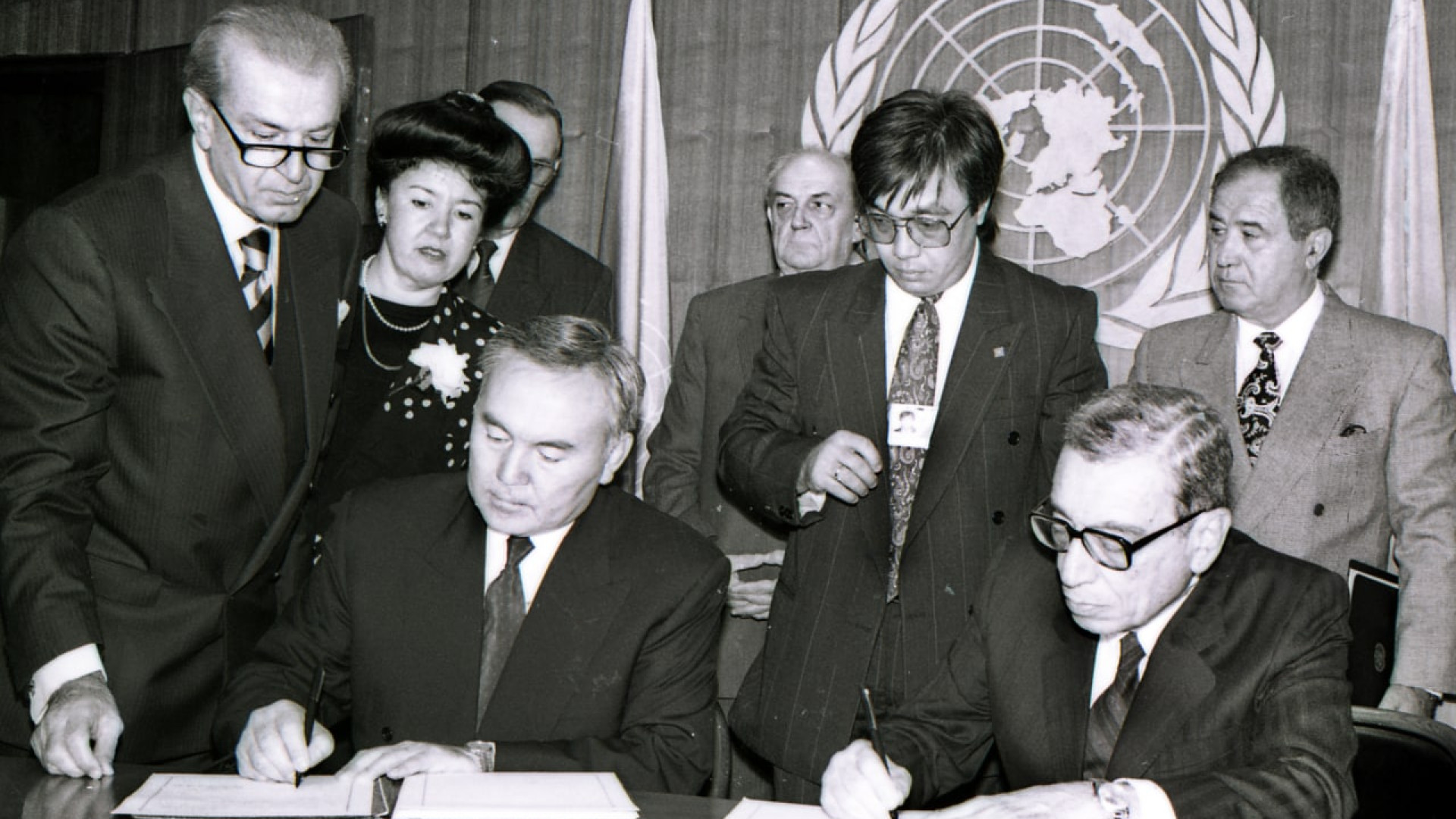
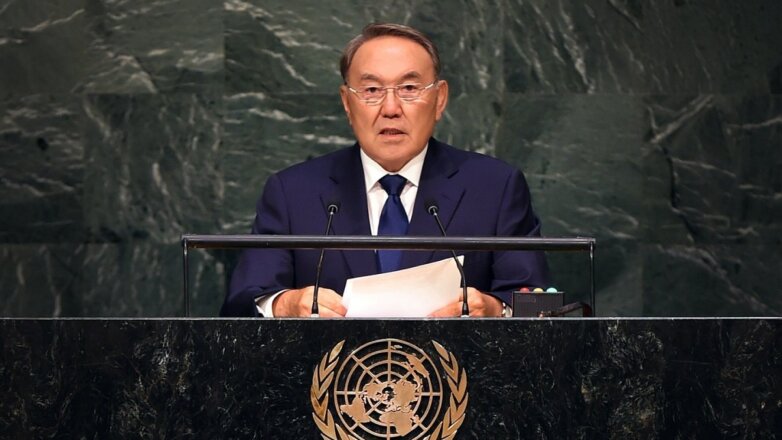
- On June 4, 1992, the state symbols of the Republic of Kazakhstan were adopted, which are the unshakable basis of our sovereignty. Every year this day is celebrated as the Day of the State Symbols of the country. Our compatriots have carried the flag of Kazakhstan thousands of times along the victorious paths of world competitions and olympiads, hoisted it in the most inaccessible places of the planet, raised it to the highest mountain peaks and cosmic distances.
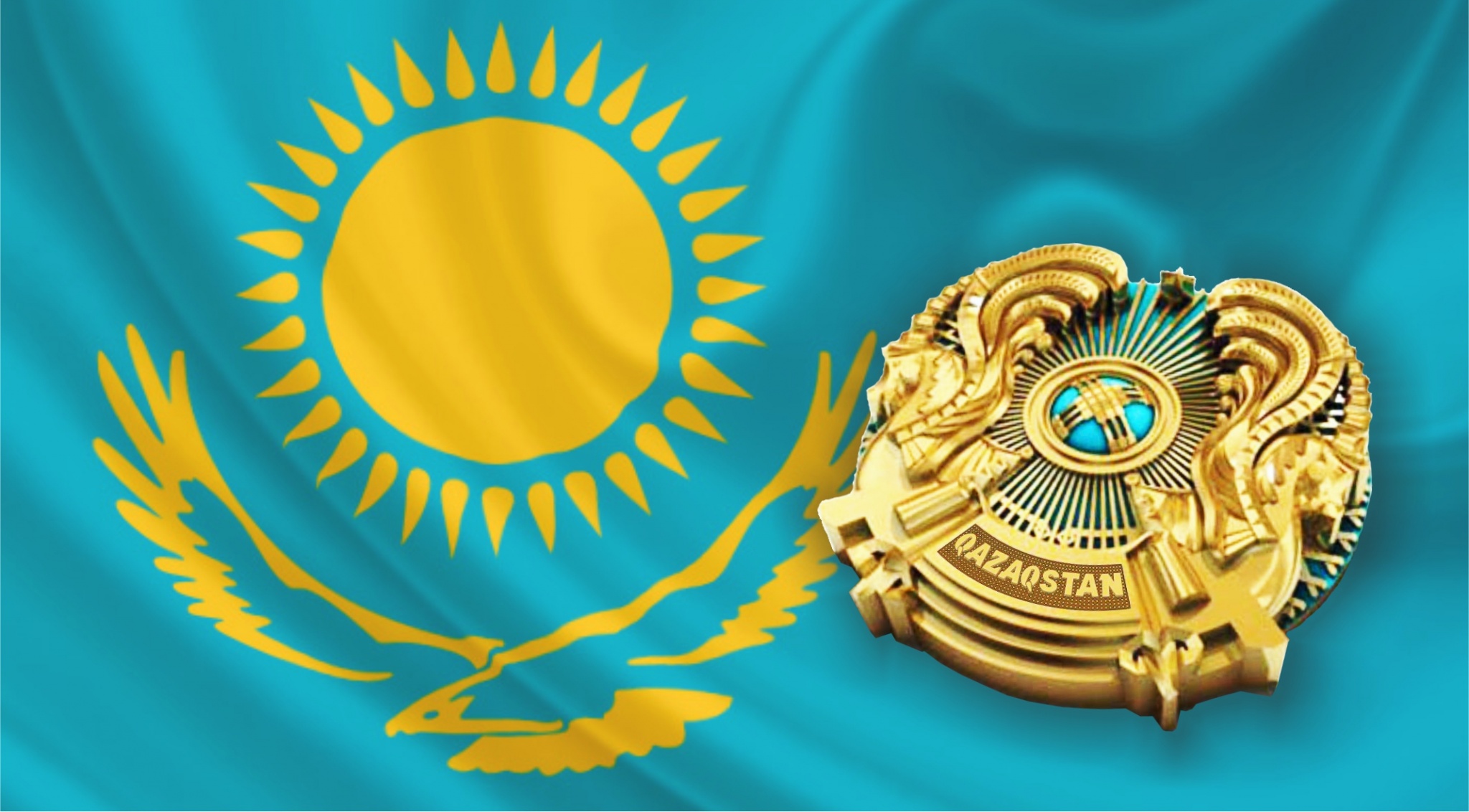 State symbols of the Republic of Kazakhstan - flag and coat of arms.
State symbols of the Republic of Kazakhstan - flag and coat of arms.
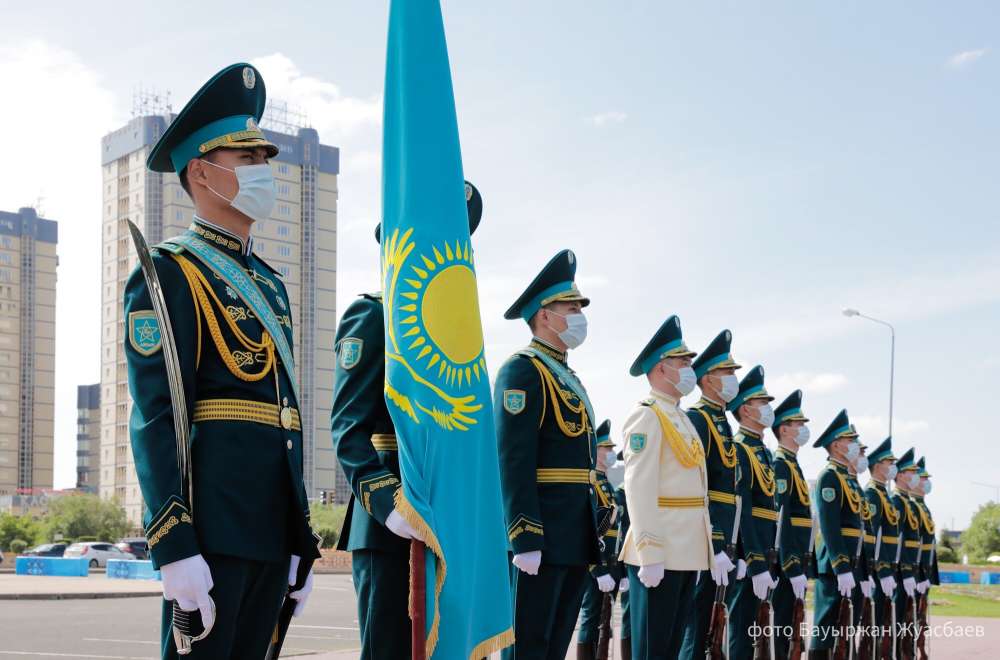
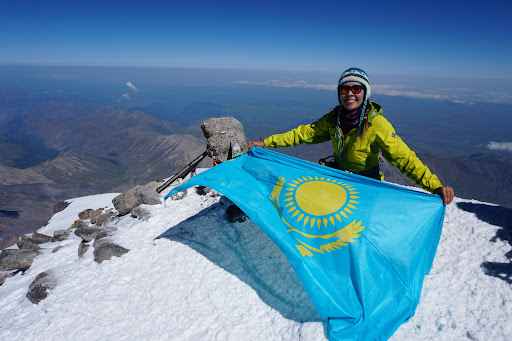
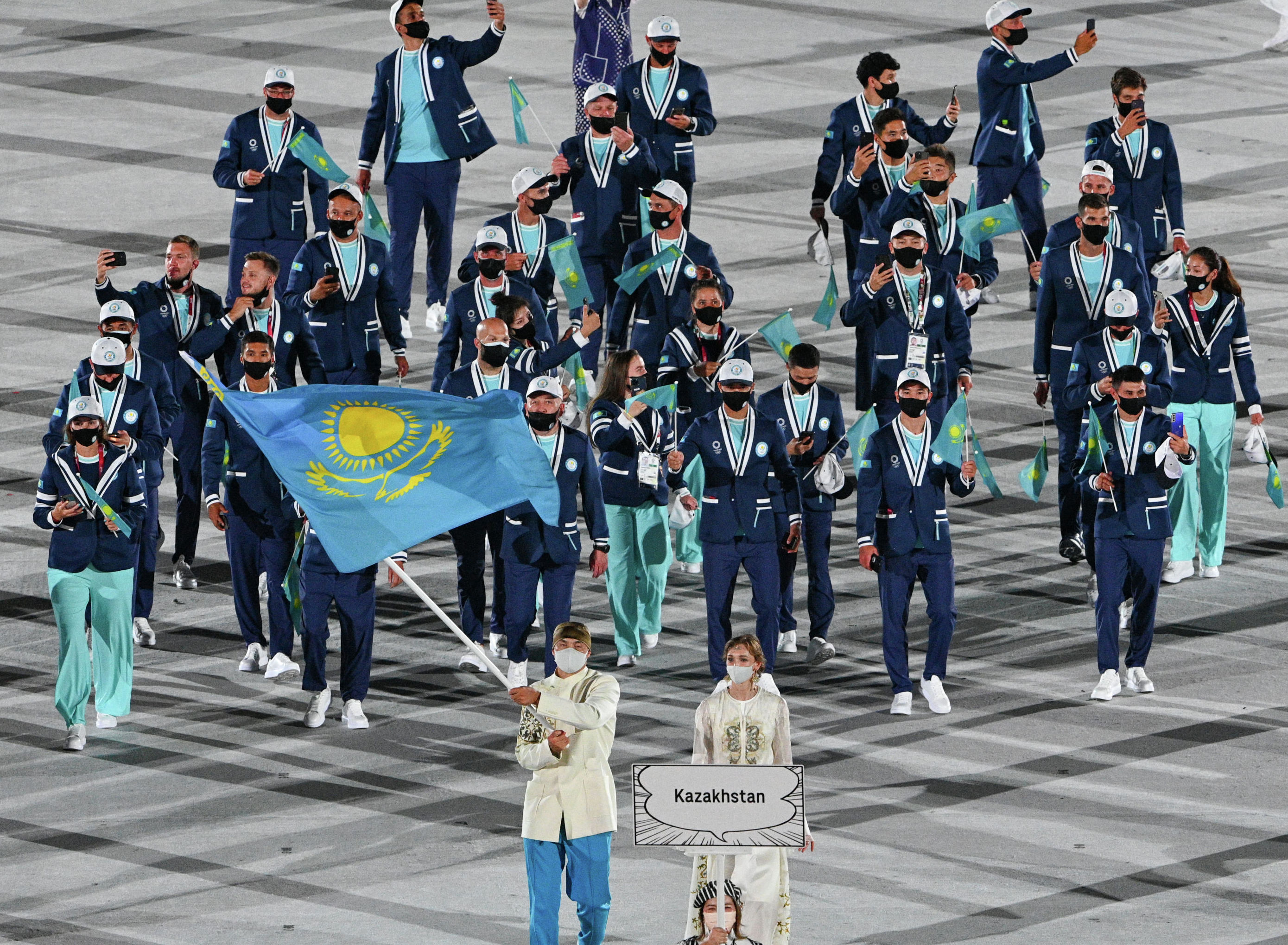 National team of Kazakhstan at the Olympic Games in Tokyo (2021).
National team of Kazakhstan at the Olympic Games in Tokyo (2021).
- On November 5, 1993 by the Decree of the President of the Republic of Kazakhstan Nursultan Nazarbayev, the Bolashak International Scholarship was established. Over the years of the existence of this prestigious scholarship, more than 10 thousand Kazakhstanis have received high-quality education in the best universities in the world.
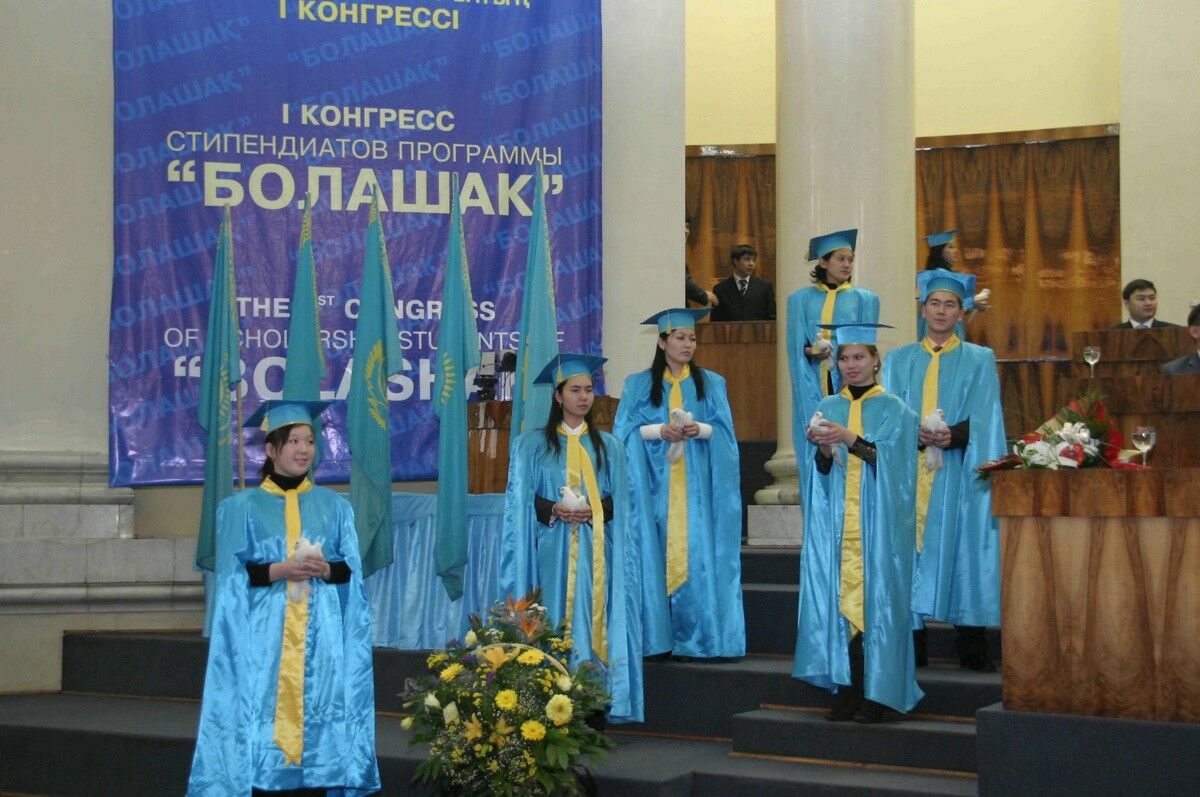
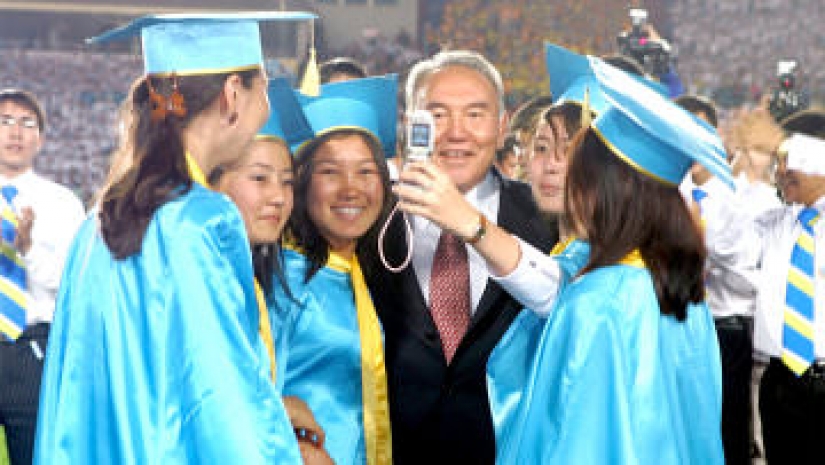
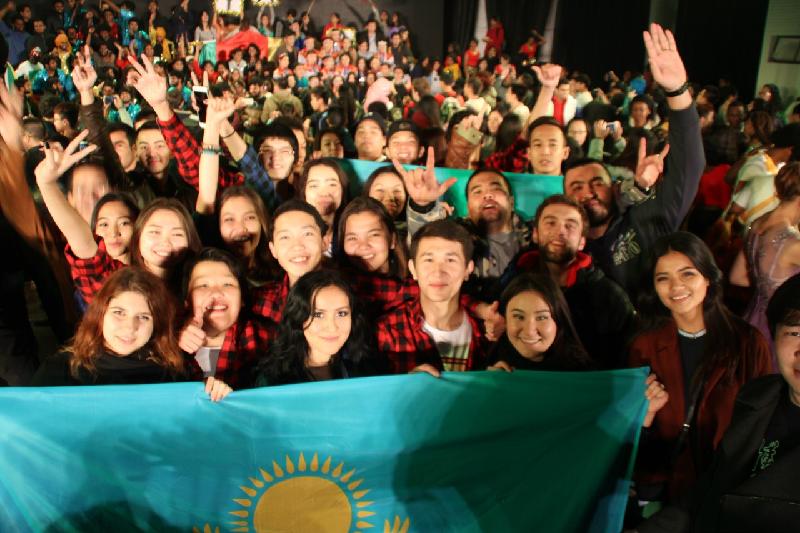
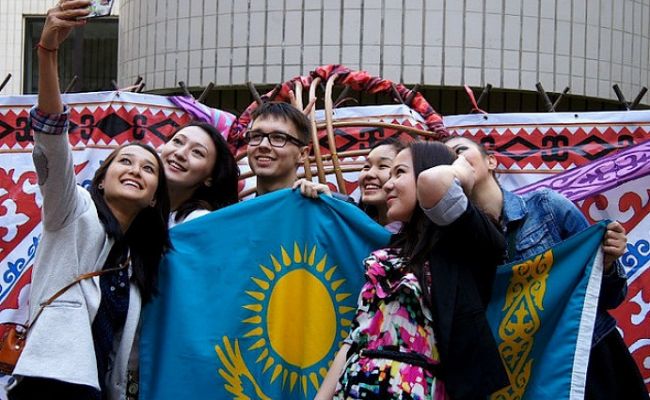
- On November 15, 1993, the national currency “tenge” was put into circulation. The first batch of tenge was printed in England.
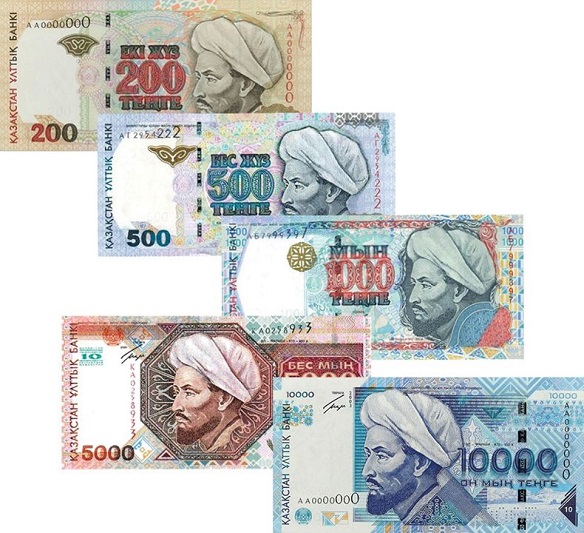
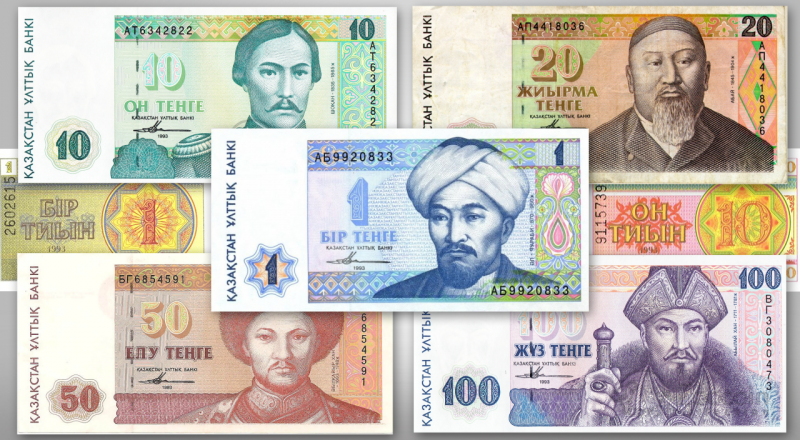
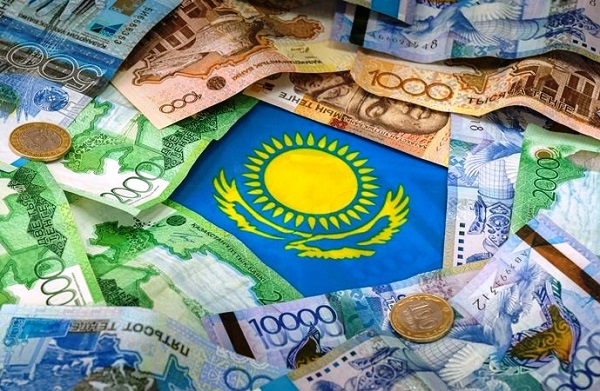
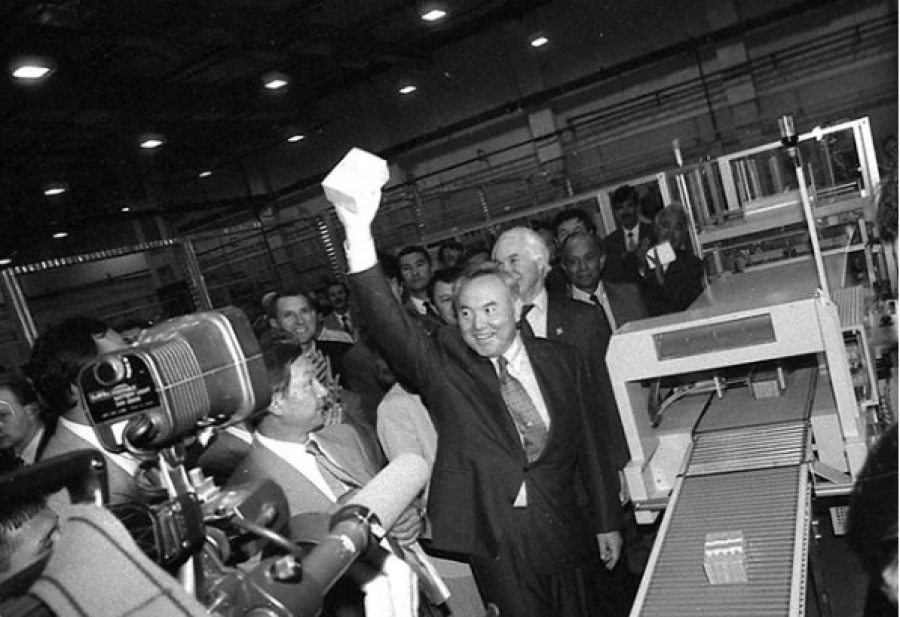
- On July 1, 1994, Talgat Musabayev flew for the first time to conquer space on behalf of a young sovereign state. In total, the history of Kazakhstan has three cosmonauts: Toktar Aubakirov, Talgat Musabayev, Aydin Aimbetov.
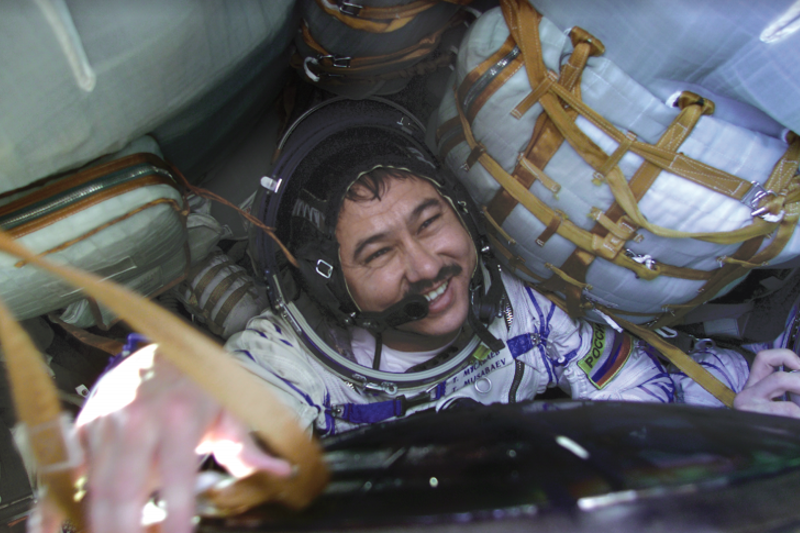
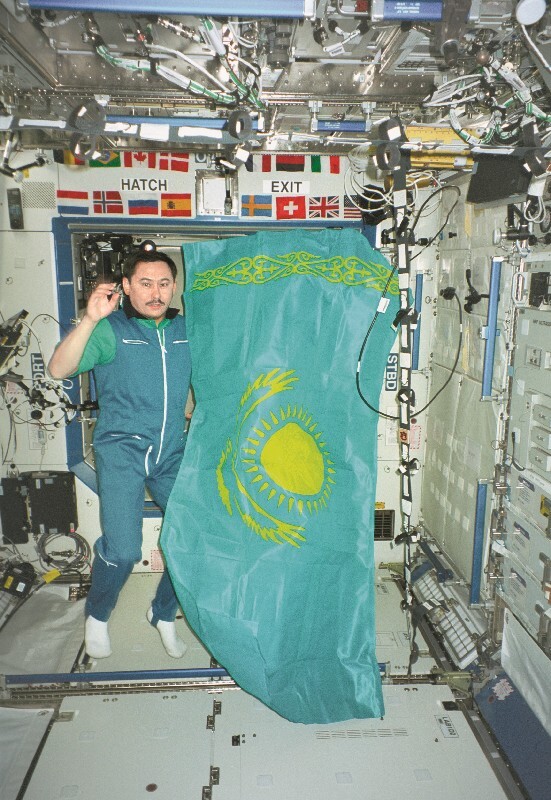
- On July 6, 1994, the Supreme Council of the Republic of Kazakhstan made a decision to transfer the capital from Almaty to Akmola. The idea of creating a new capital belongs to Nursultan Nazarbayev. In 1998, Akmola was renamed to Astana, and since 2019 the city has been called Nur-Sultan. It should be noted that in 1999, the capital of Kazakhstan achieved world recognition and was awarded the UNESCO City of Peace award.
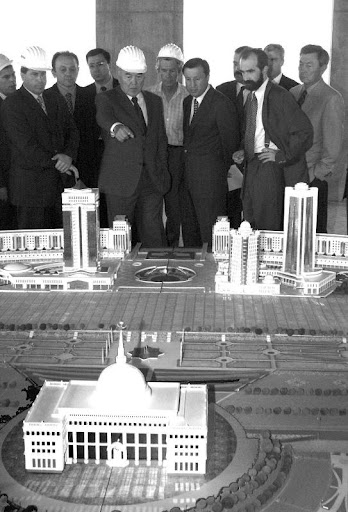
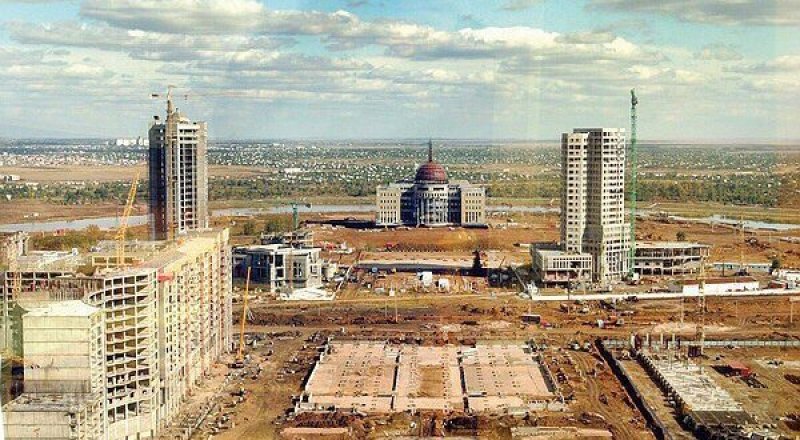
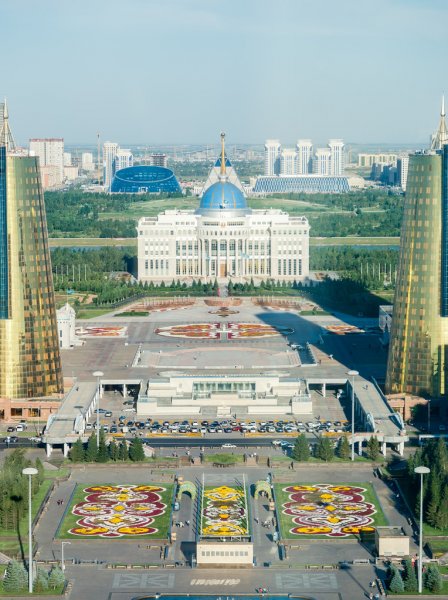
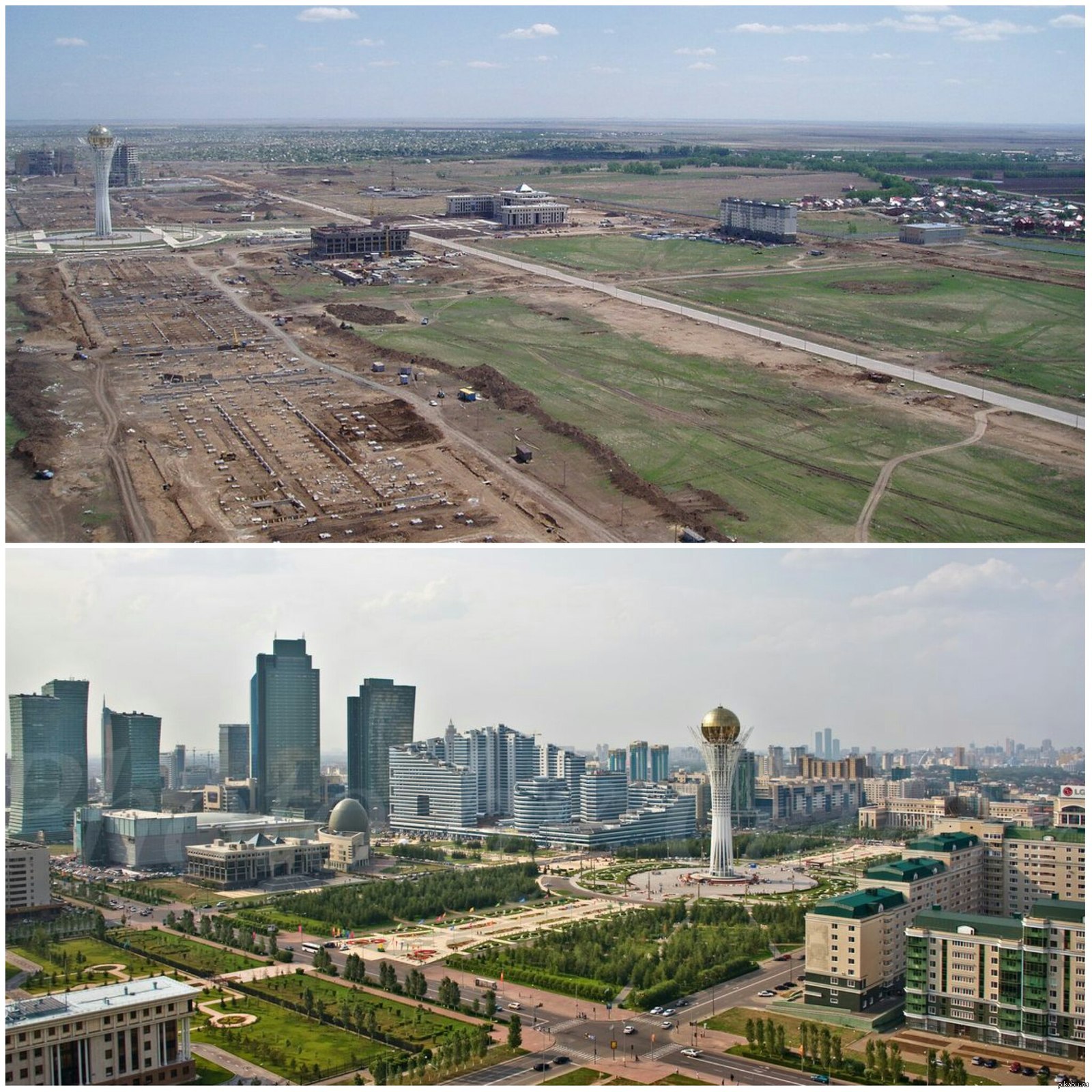
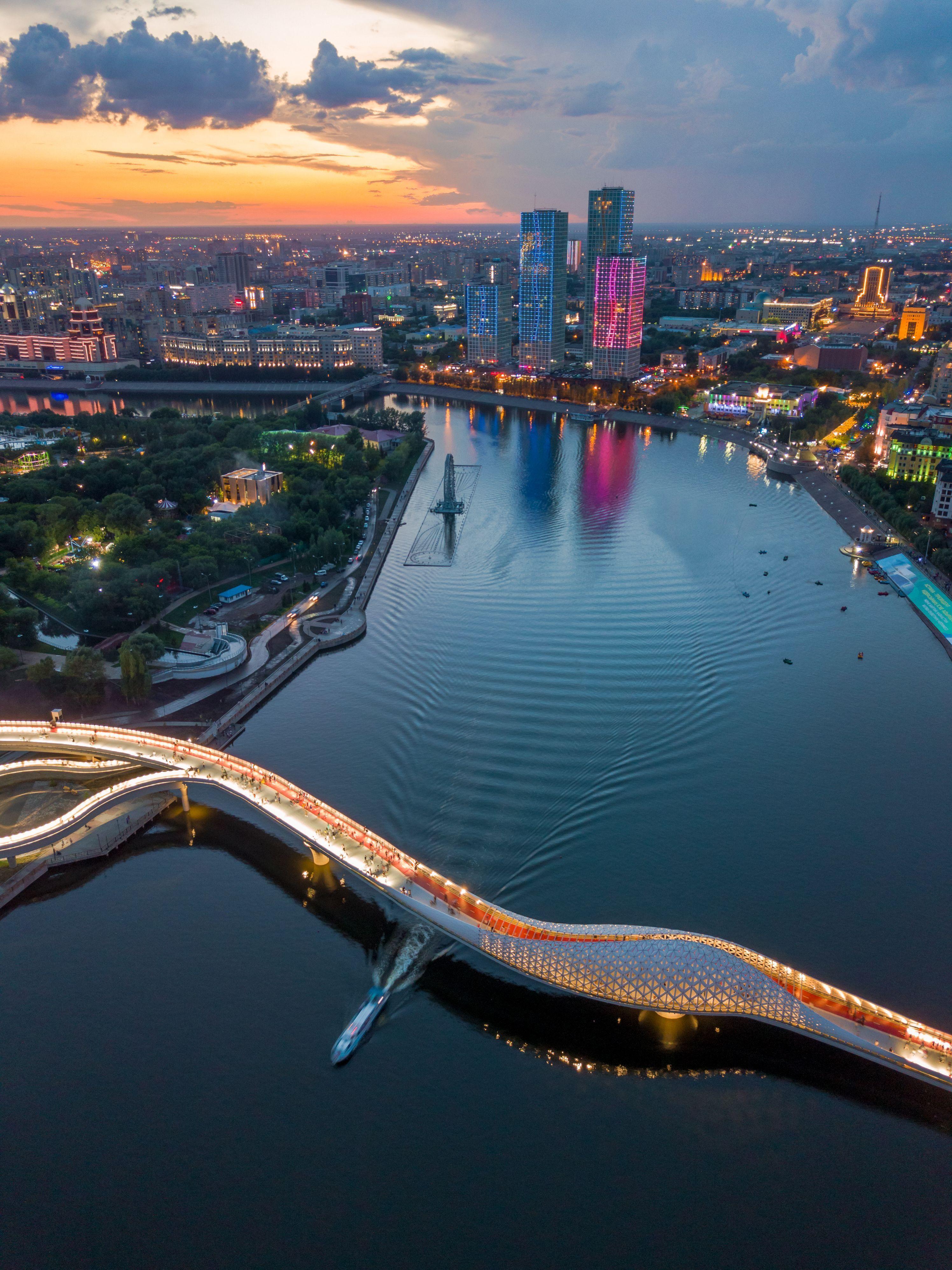
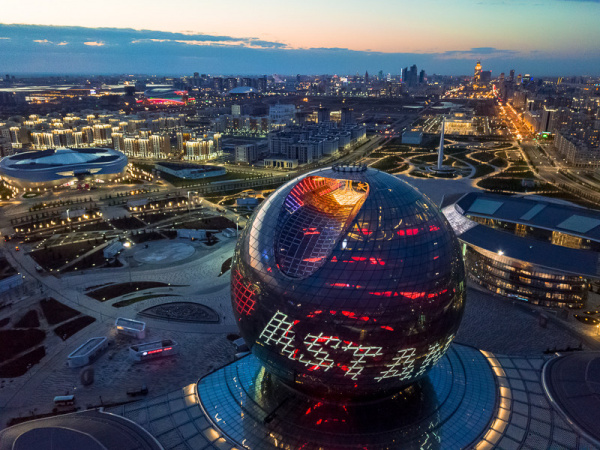
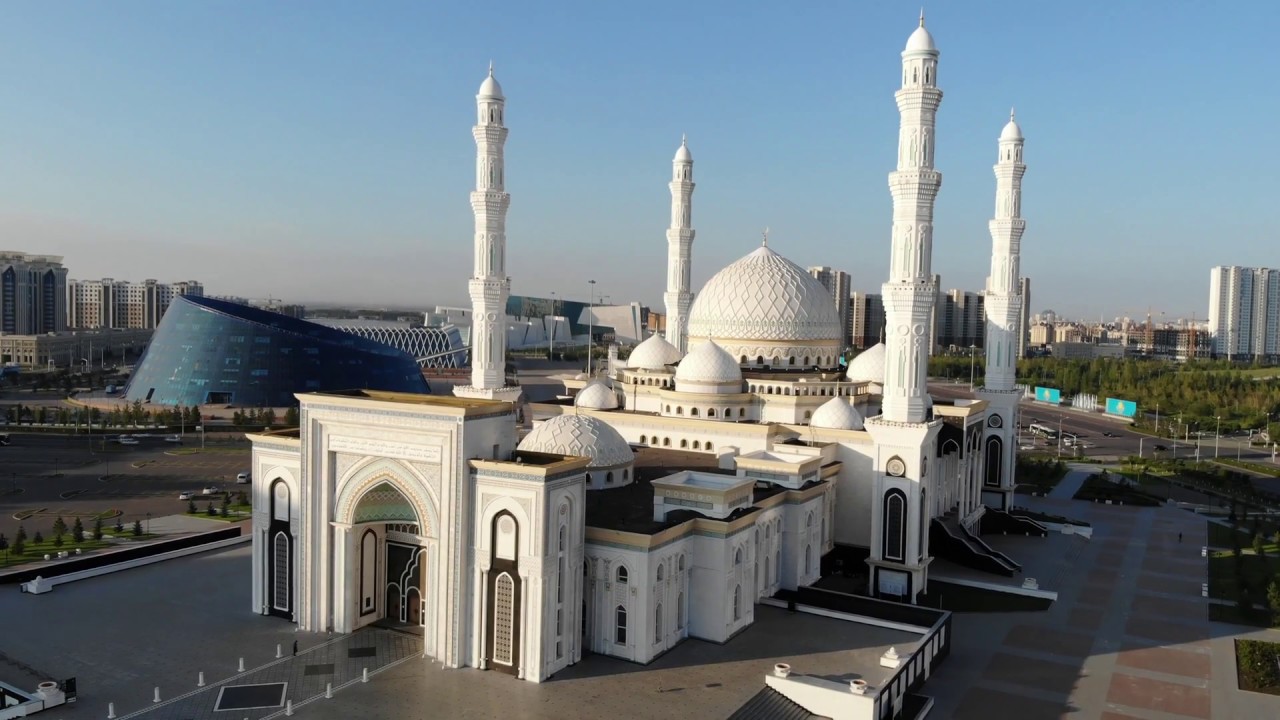
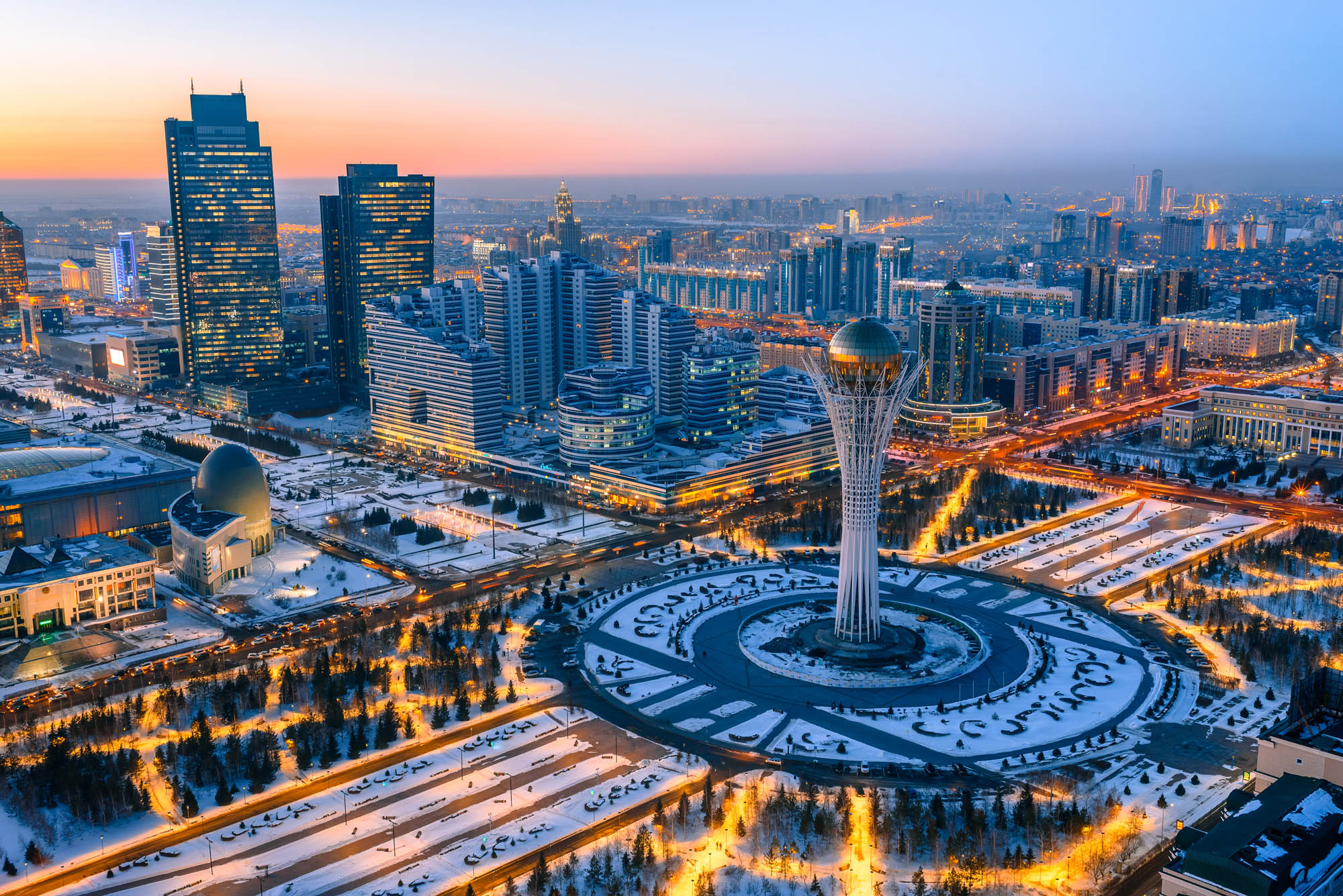
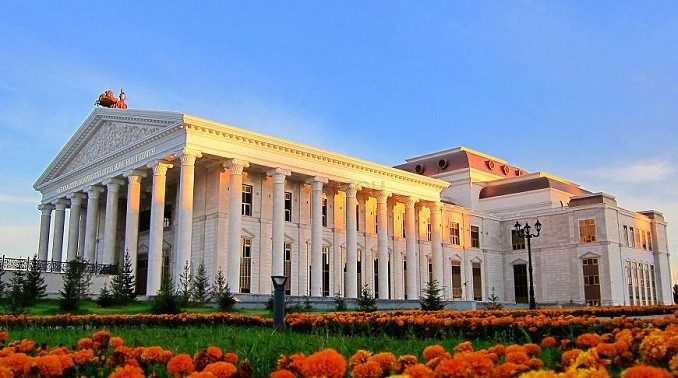
- On March 1, 1995, on the initiative of Nursultan Nazarbayev, the Assembly of the People of Kazakhstan was created. The main goal of this organization is to ensure social and political harmony in the country.
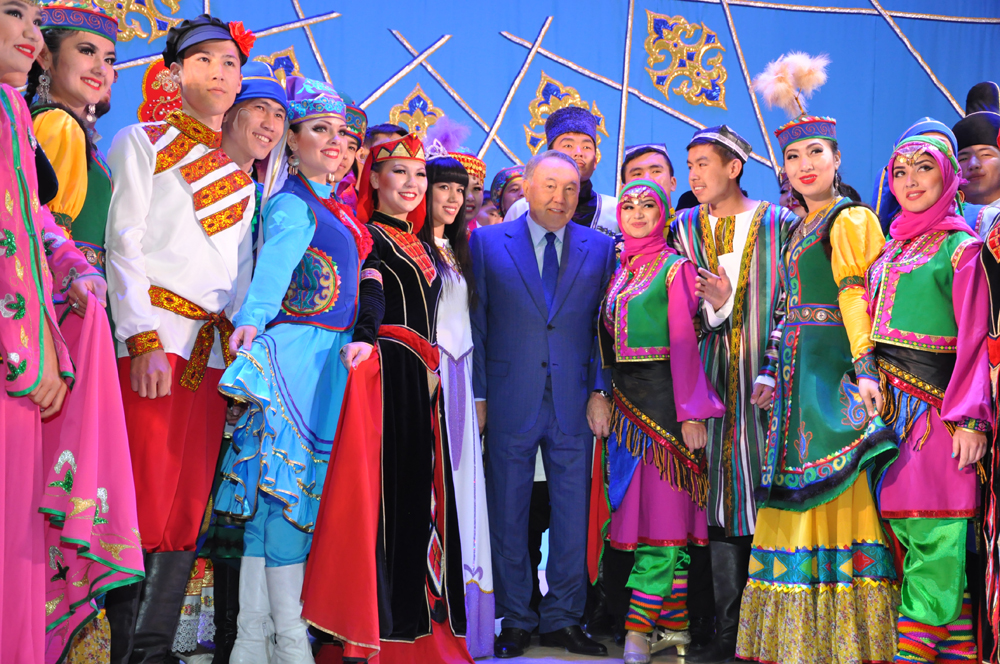
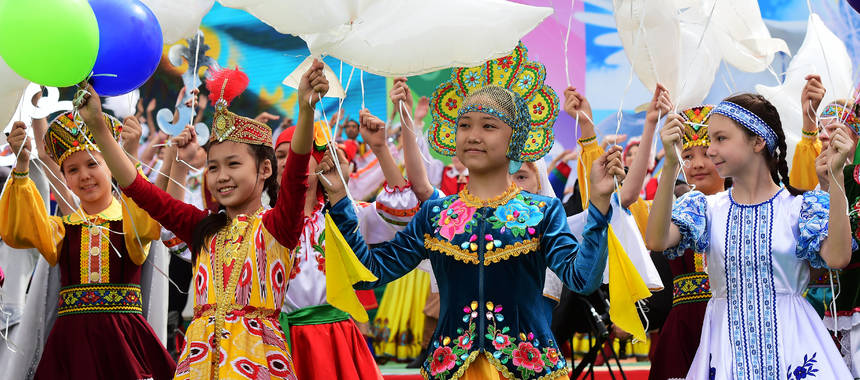
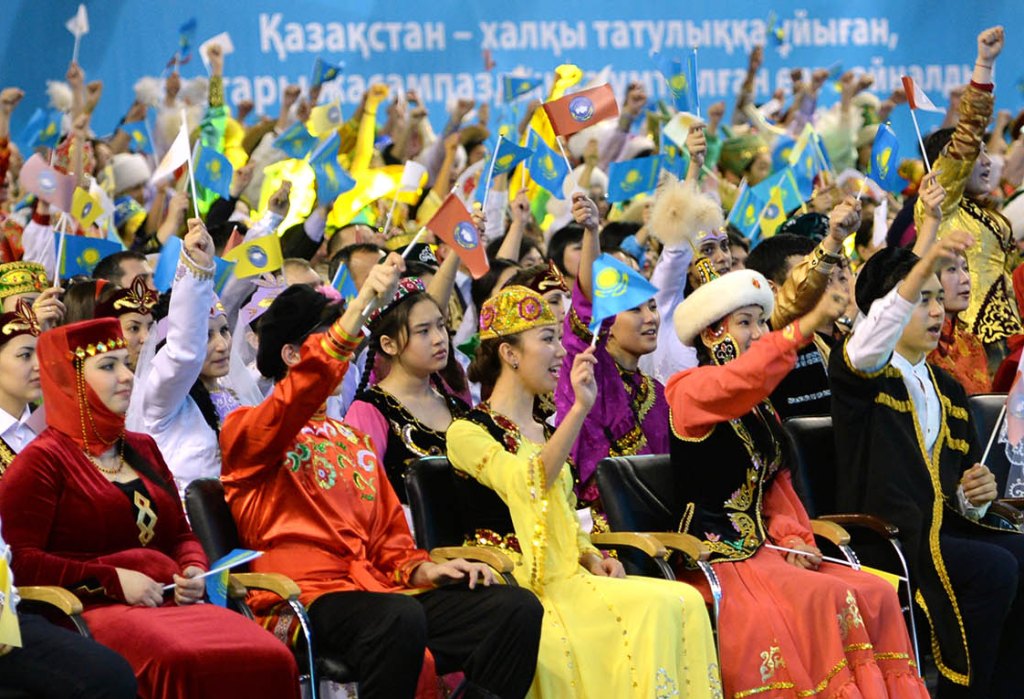
- On August 30, 1995, the current Constitution of the Republic of Kazakhstan was adopted at a national referendum. The Constitution, as the main law of the country, reflects the will of the people of Kazakhstan, their desire to establish the country "as a democratic, secular, legal and social state, the highest values of which are a person, his life, rights and freedoms" (N. Nazarbayev).
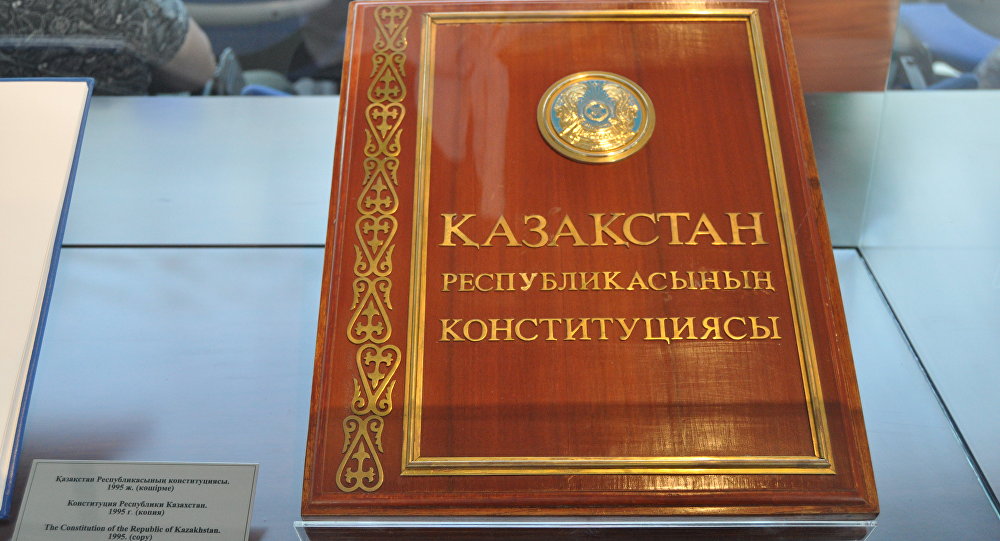
- On June 30, 2000, Kazakhstan launched its largest project - the Kashagan oil and gas field. The giant Kashagan field was the world's largest discovery in the last 40 years and the fifth in terms of reserves. The deposit got its name in honor of the famous poet-zhyrau of the 19th century - Kashagan Kurzhimanuly, since it was discovered in the year of celebrating his 150th anniversary.
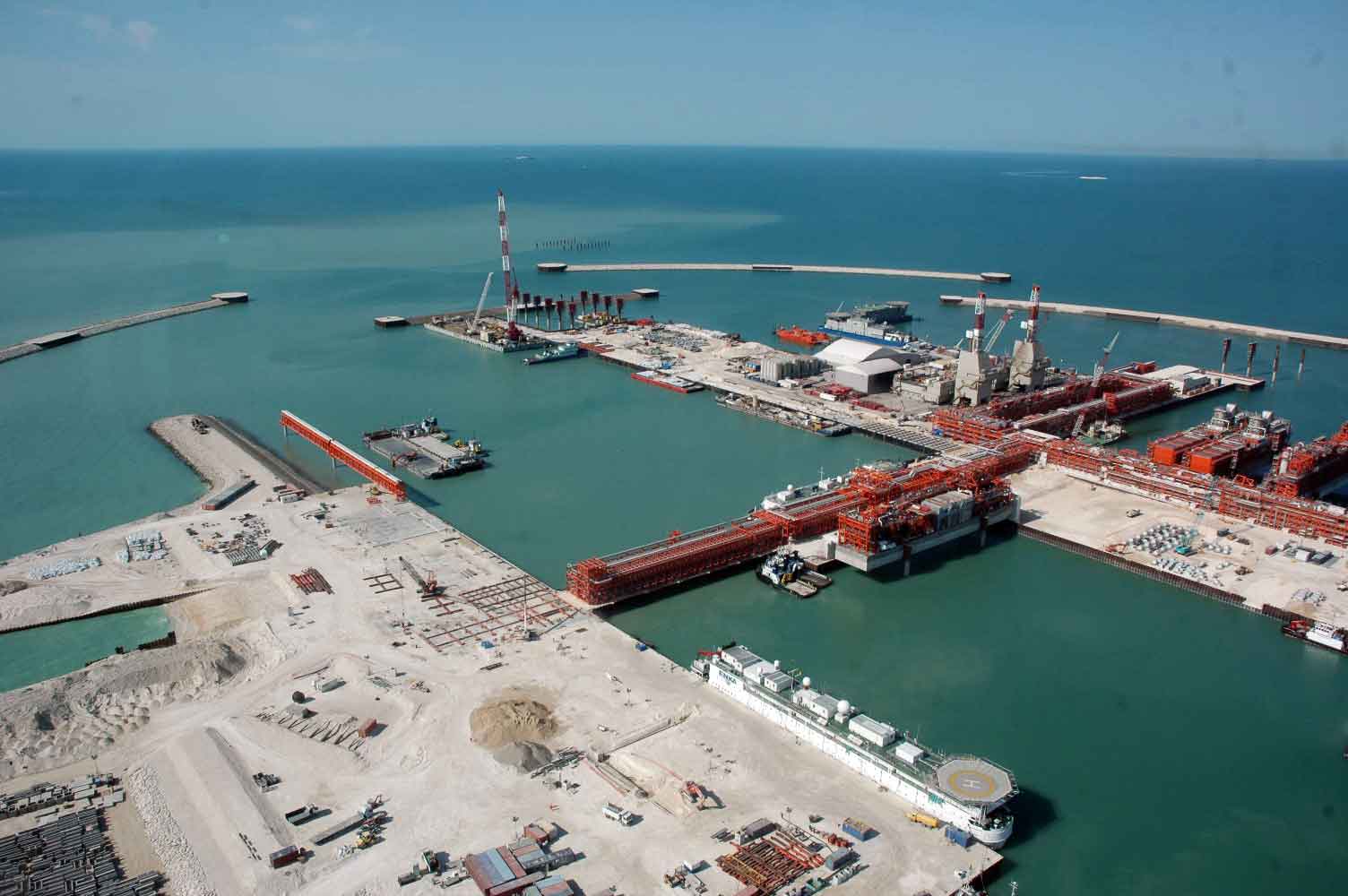
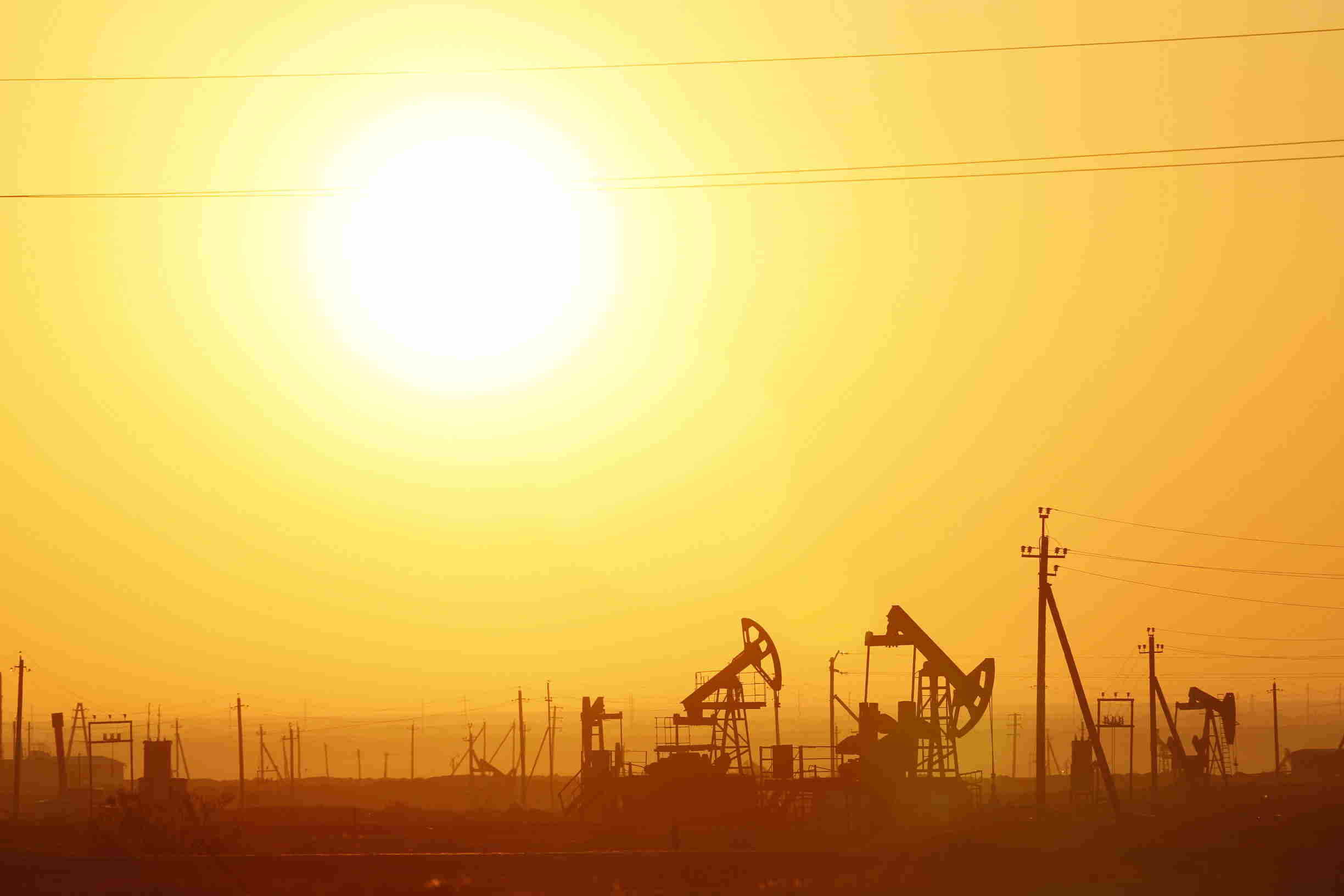
- From 1993 to 2000, foreign investments in the amount of 14.7 billion US dollars were received in Kazakhstan.These were the highest rates in comparison with other Central Asian countries. It was definitely the success of the policy of openness and trust pursued by the state leadership, backed by stability and harmony in Kazakhstani society.
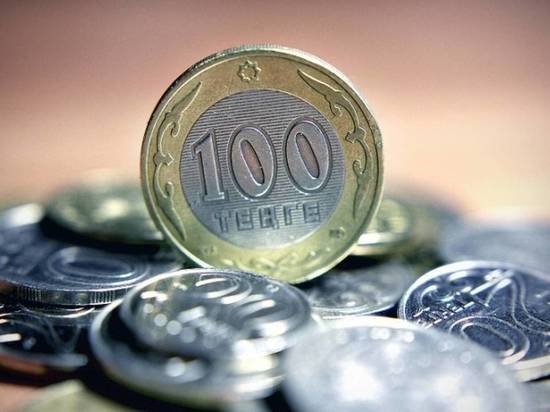
- In 2001, Pope John Paul II visited Astana. About 300 thousand Catholics from many countries all around the world arrived in Kazakhstan to meet him. The official visit of John Paul II took place on the 10th anniversary of Kazakhstan's independence and played an invaluable role in the establishment of interreligious, interfaith dialogue in the international political arena.
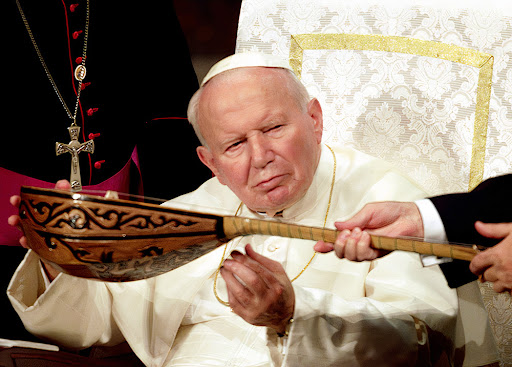
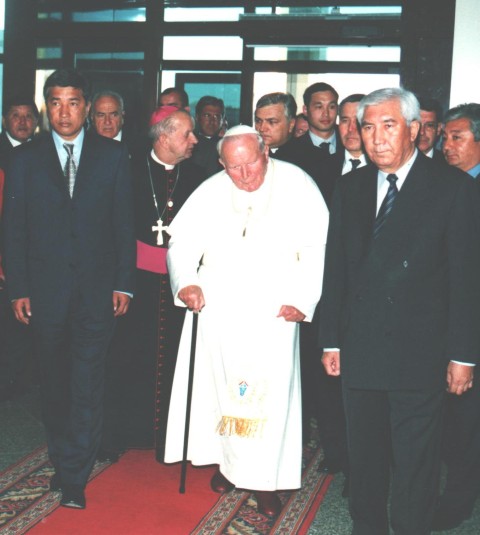
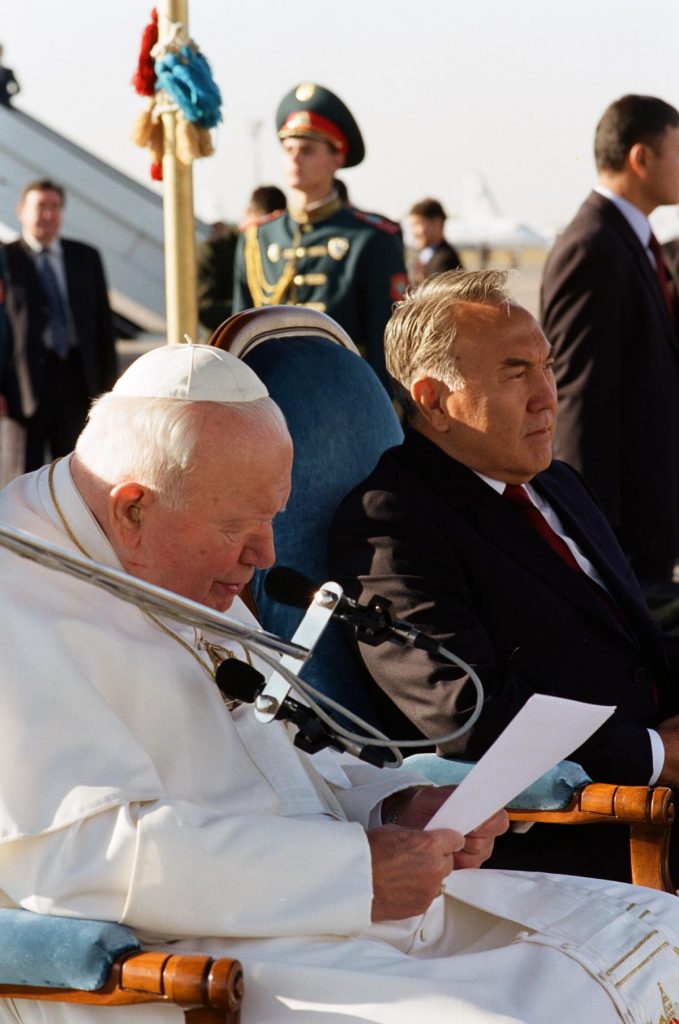
- Over the years of Independence, Kazakhstan has become a member of authoritative and influential international organization - the UN, OSCE, OIC, SCO, CIS, EAEU, CES, CSTO, OECD. Thus, in 2002, the first CICA Summit (Conference on Interaction and Confidence-Building Measures in Asia) was held. As a result of the event, the Almaty Act was adopted, designed to create an effective and universal structure to ensure security on the Asian continent.
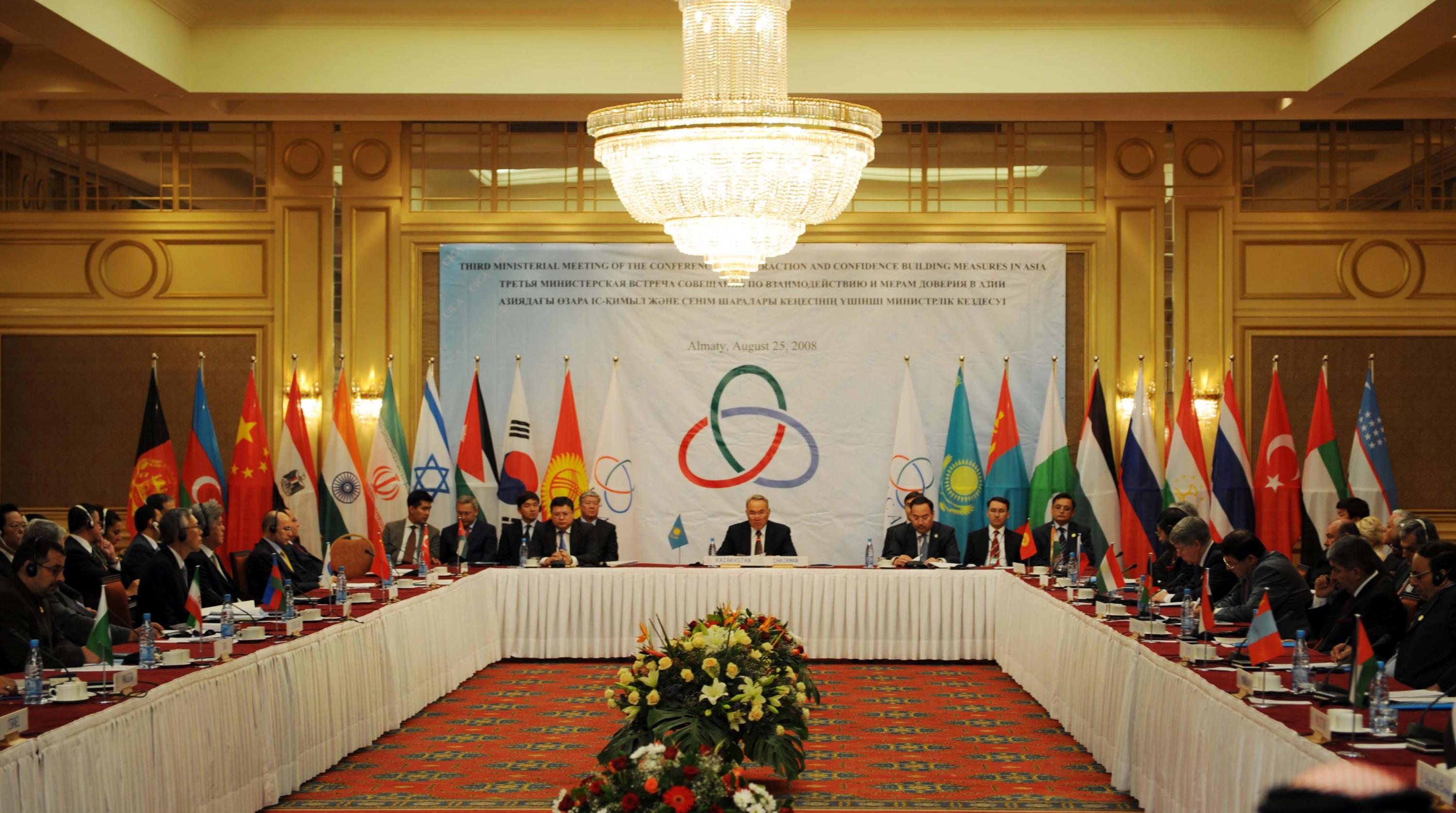
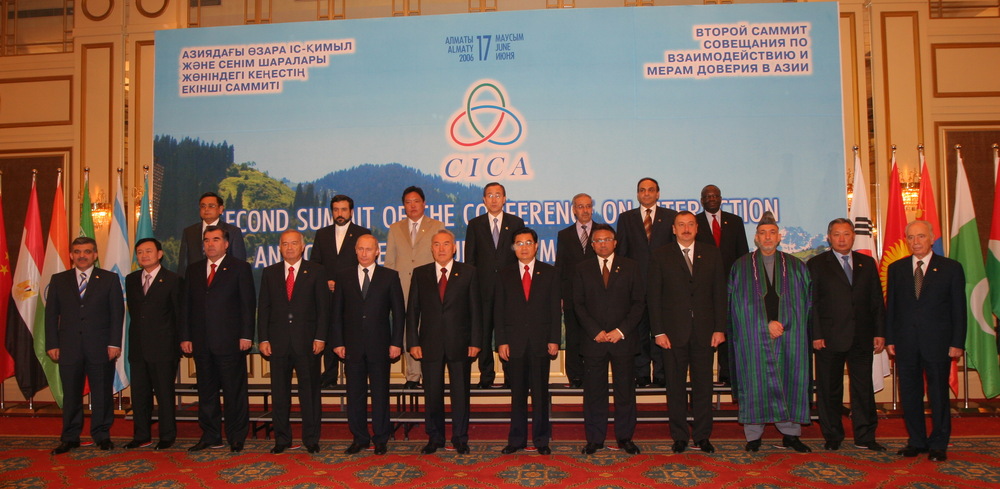
- In September 2003, Astana hosted the first Congress of Leaders of World and Traditional Religions. The congress was attended by 17 delegations from 23 countries. The forum focused mainly on countering terrorism and extremism issues.
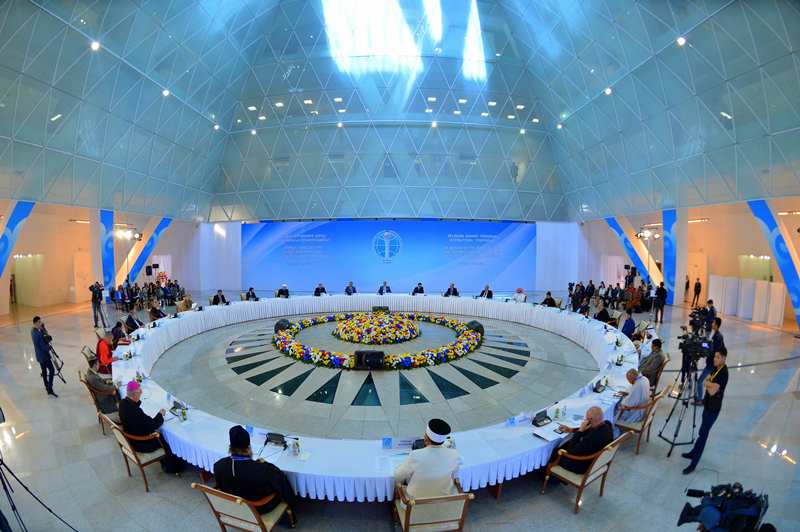
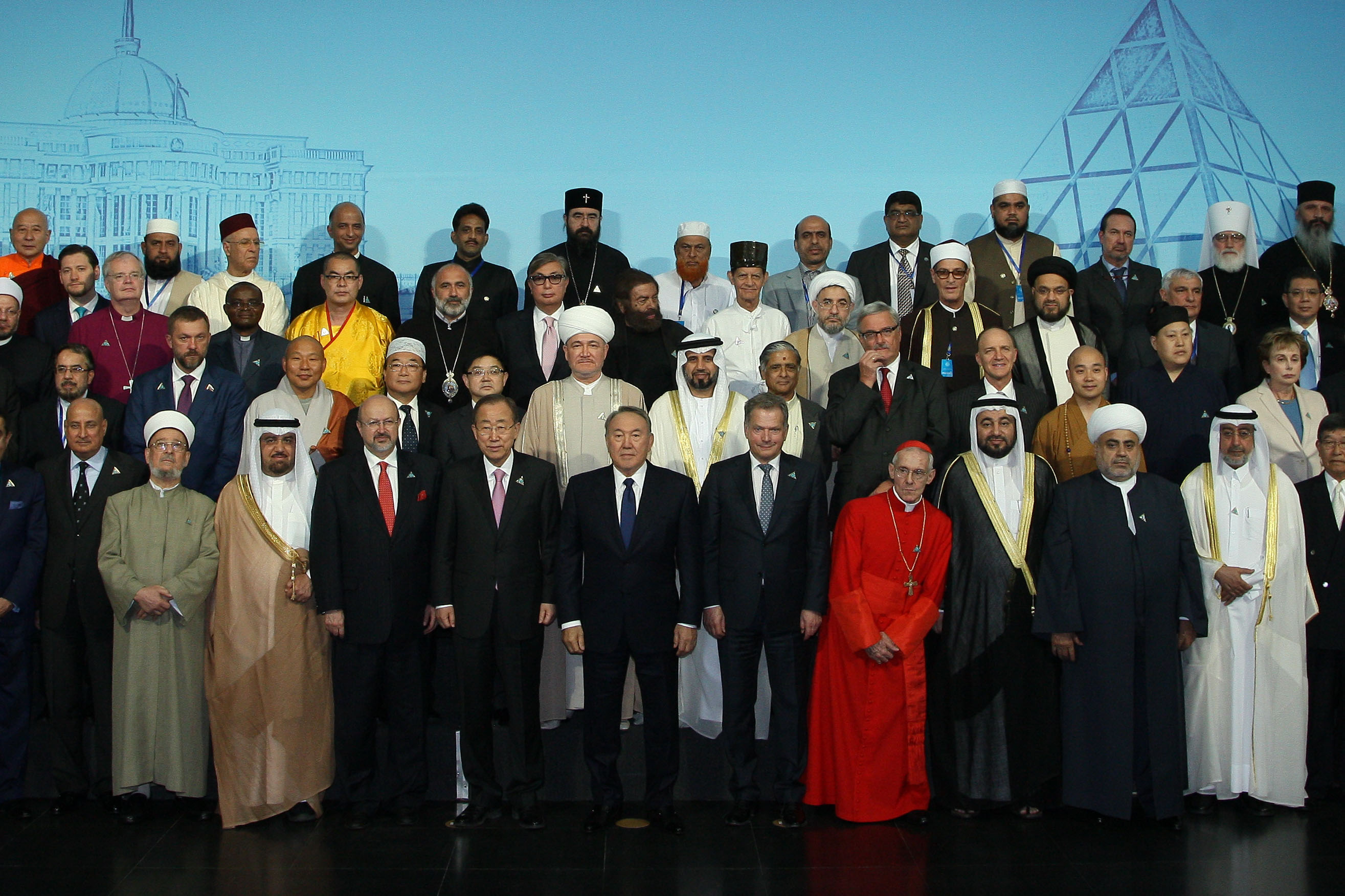
- In 2006, a new anthem of Kazakhstan was adopted. The anthem was a popular song written in 1956 - "My Kazakhstan" (music by the composer Shamshi Kaldayakov to the words of Zhumeken Nazhimedenov) with the changes made to bring the song in line with the modern status of our state.
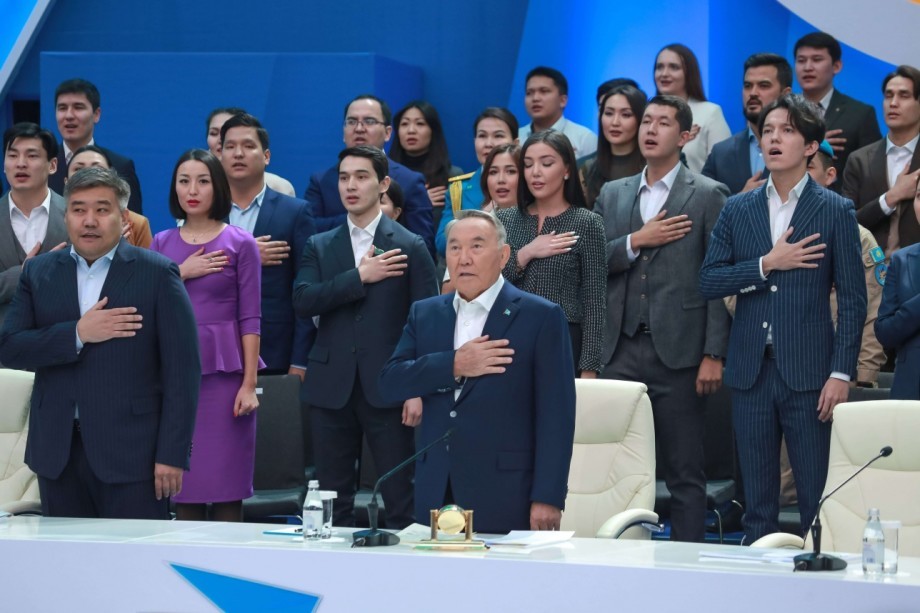
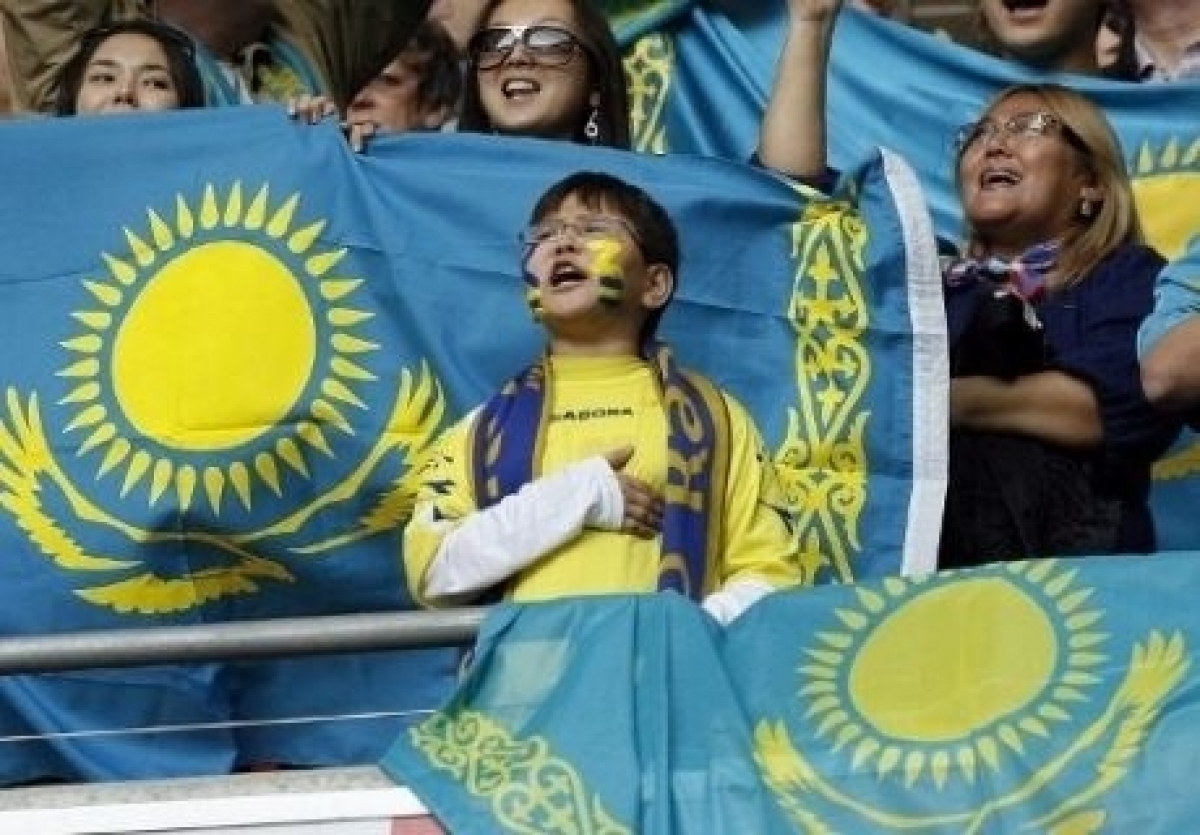
- In 2010, the capital of Kazakhstan hosted a summit of the Organization for Security and Cooperation in Europe (OSCE). The event was attended by 28 heads of state.
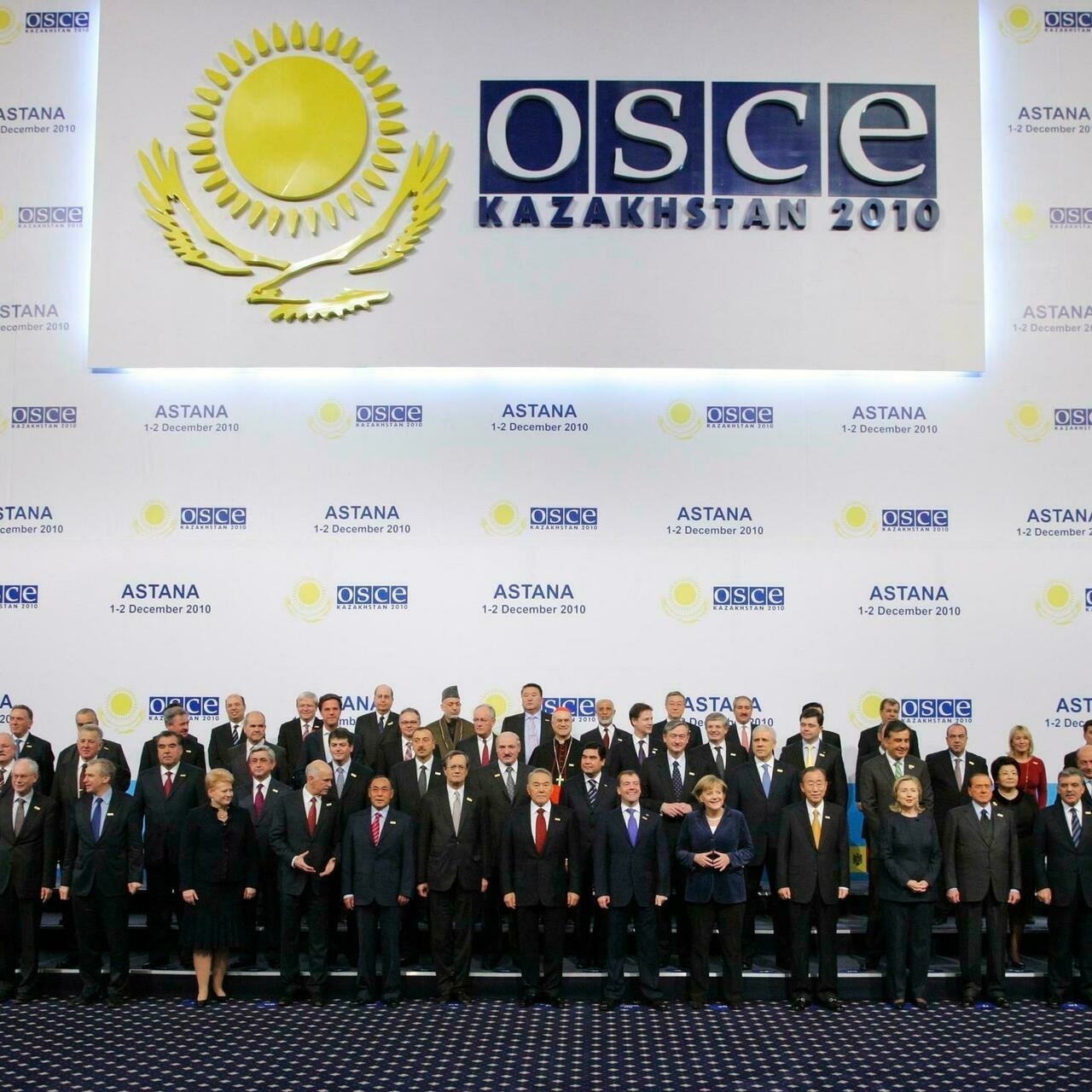
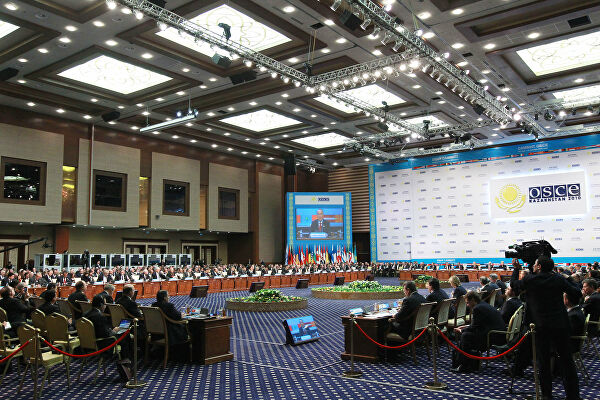
- 2011, the VII Asian Winter Games in the cities of Astana and Almaty.Kazakhstan took first place in the medal standings, having won 70 medals, including 32 gold.
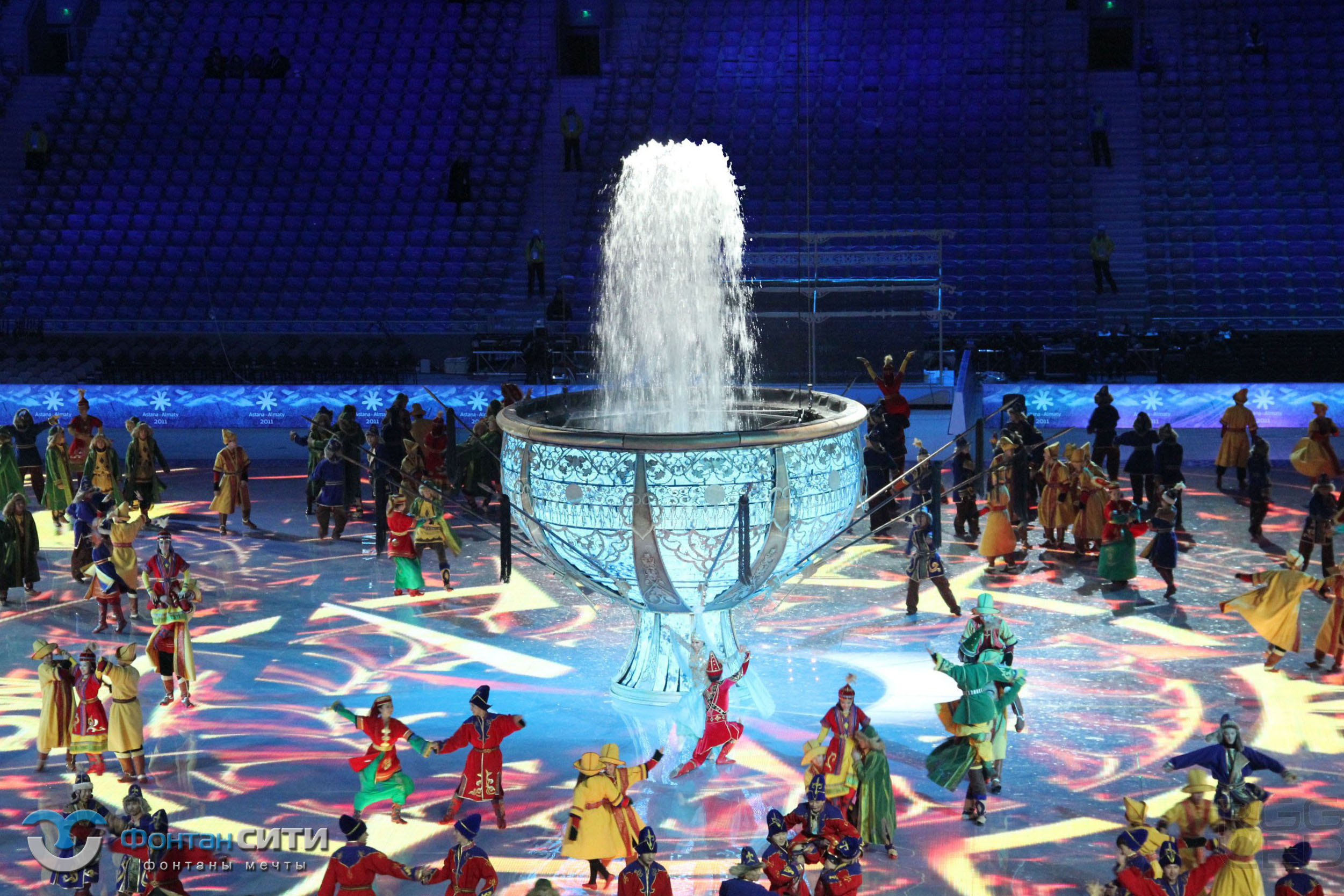
- In 2012, Kazakhstan entered the list of the 50 most competitive economies in the world. During the period of independence, Kazakhstan has attracted foreign investments worth about 350 billion US dollars.
- 2014 for Kazakhstan was marked by the signing of an agreement on the establishment of the Eurasian Economic Union. It should be noted that back in 1994, Nursultan Nazarbayev presented the concept of integration in the Eurasian space, and also outlined the key principles and practical steps towards its implementation. That is why he is often called “the chief architect” of Eurasian integration.
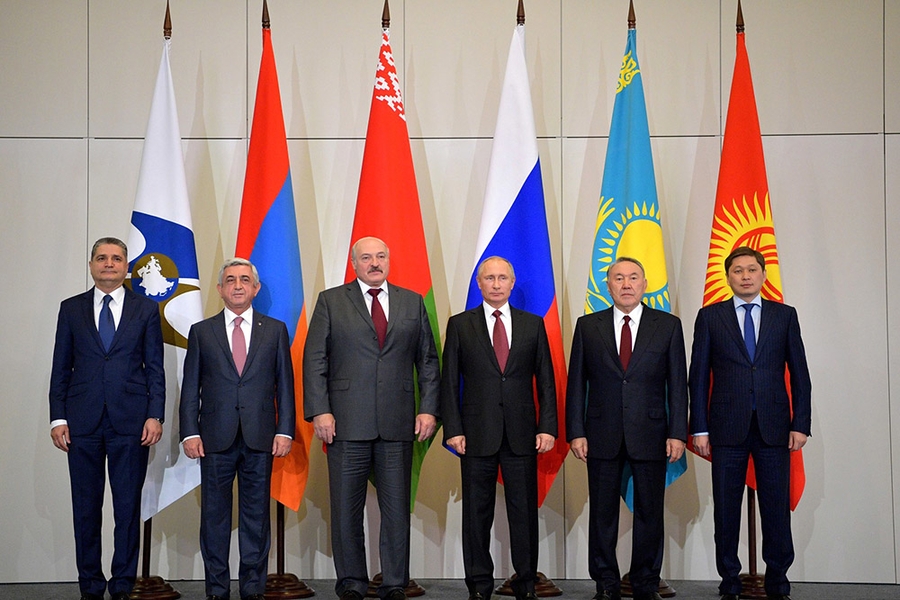
- In 2015, Kazakhstan became a full member of the World Trade Organization. Upon joining the WTO, Kazakhstan opened a market for the supply of goods from more than 160 countries of the world.
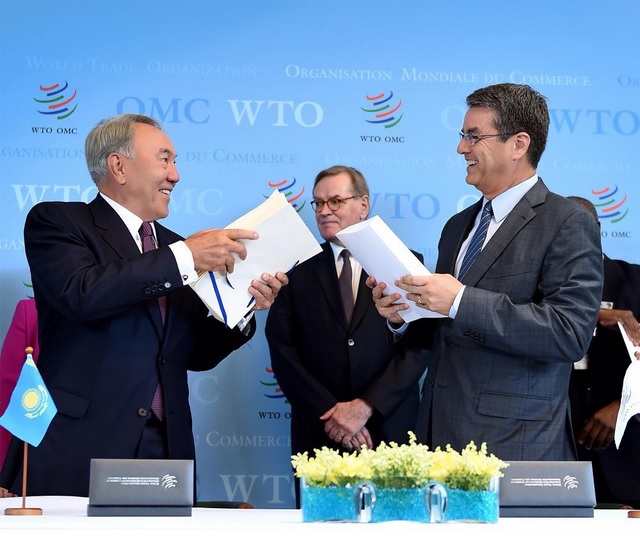
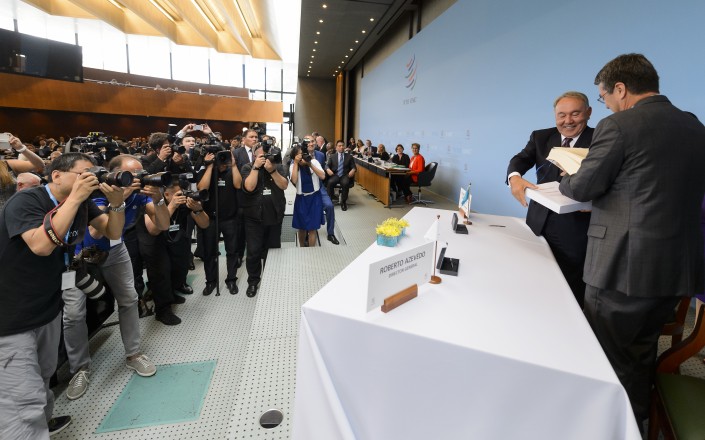
- In 2016, the Nursultan Nazarbayev Foundation established the “Nazarbayev Prize for Nuclear Weapon Free World and Global Security”.
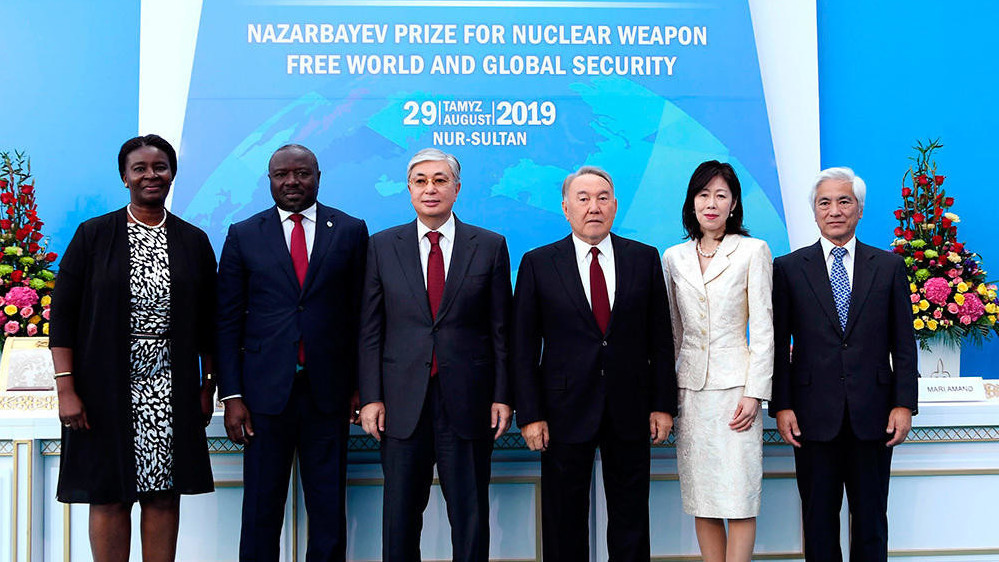
- In 2016, Kazakhstan was elected as a non-permanent member of the UN Security Council for the period from 2017 to 2018. The country became the first representative of Central Asia.
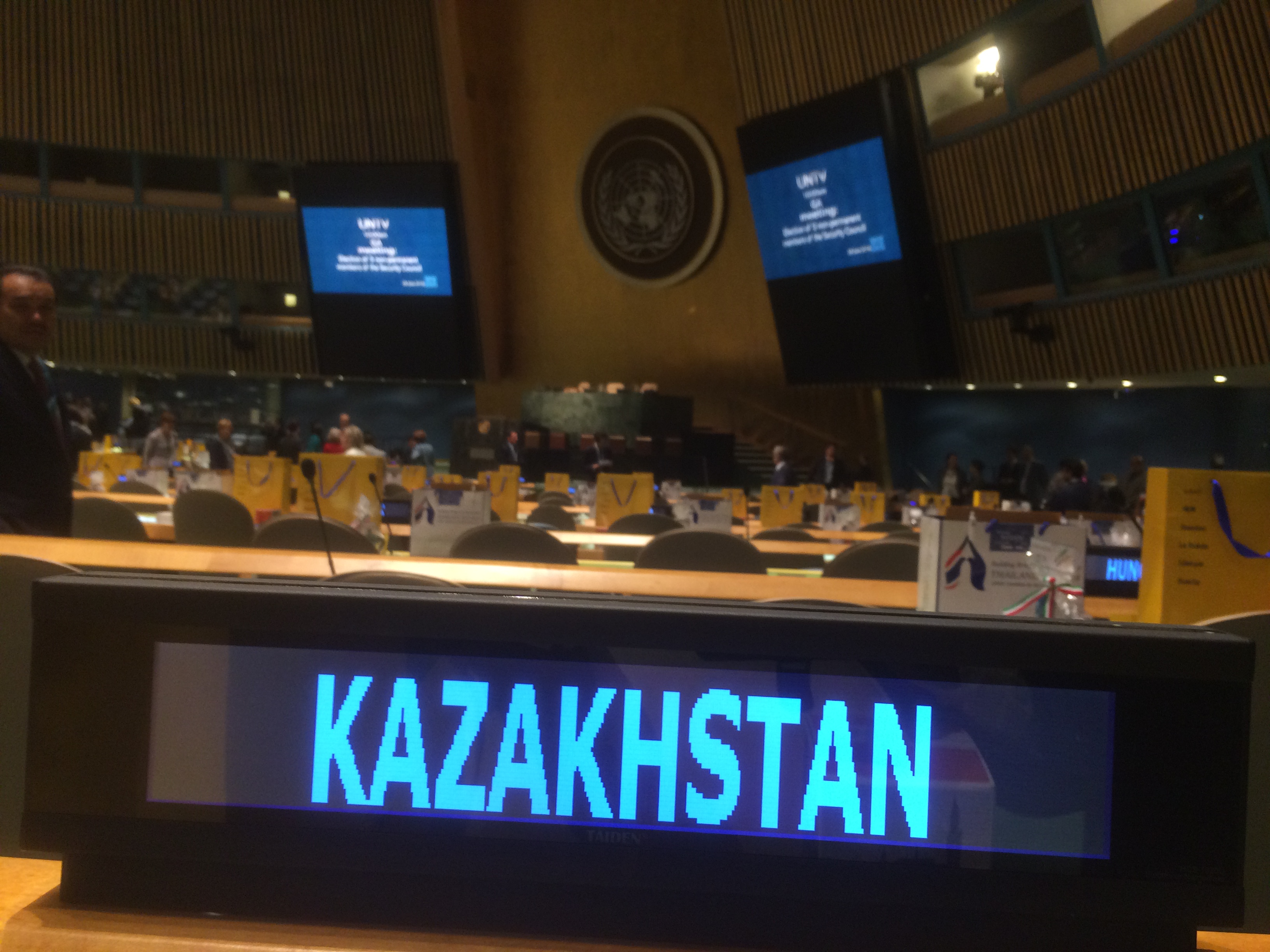
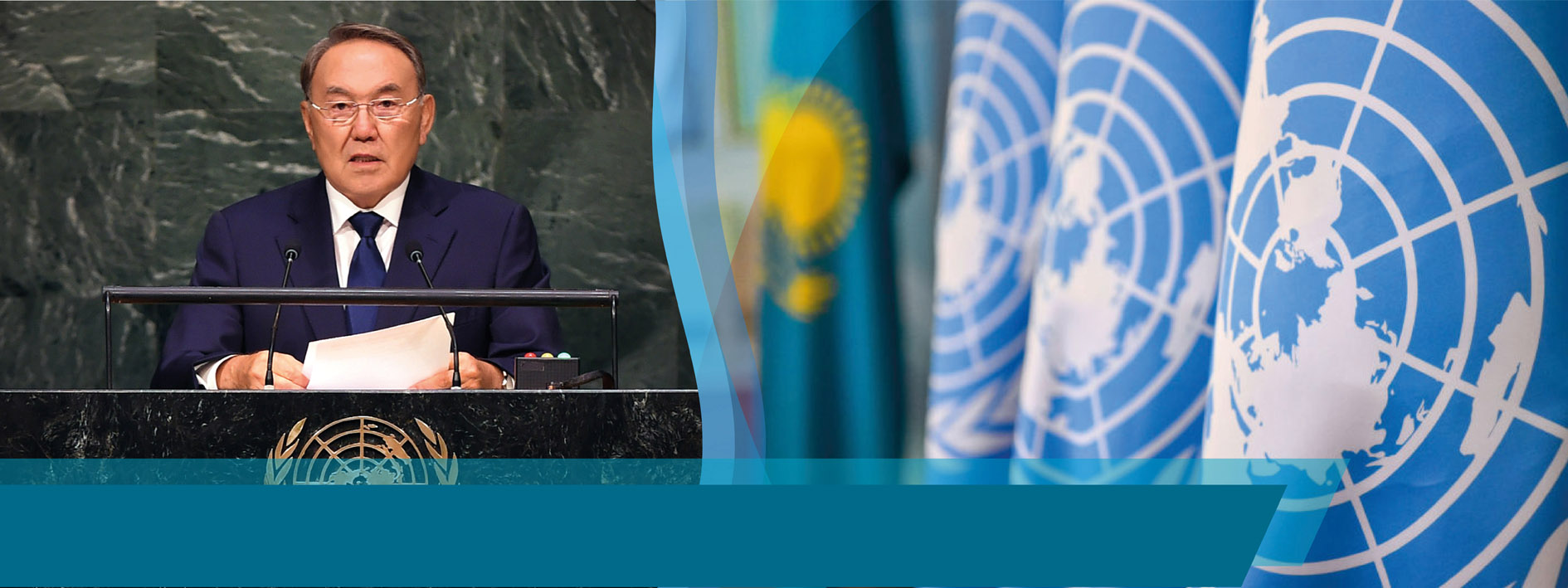
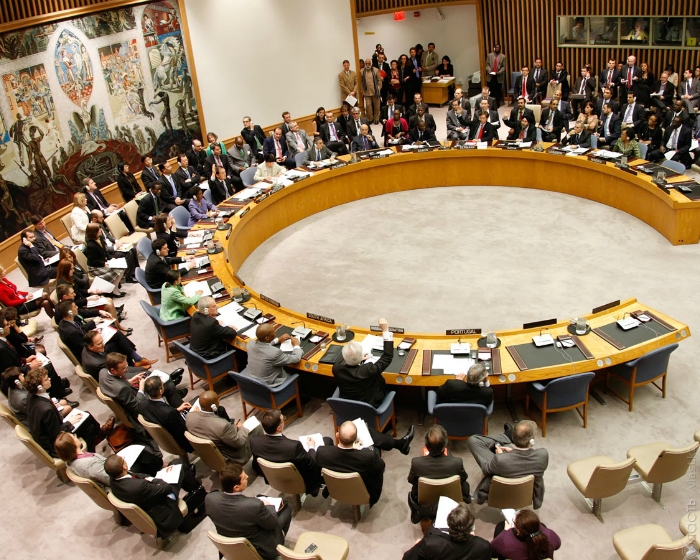
- In 2017, the International specialized exhibition "EXPO-2017" was held in the capital of Kazakhstan. The exhibition was dedicated to the topic “Energy of the Future”, in total 115 states and 22 international organizations took part in it.
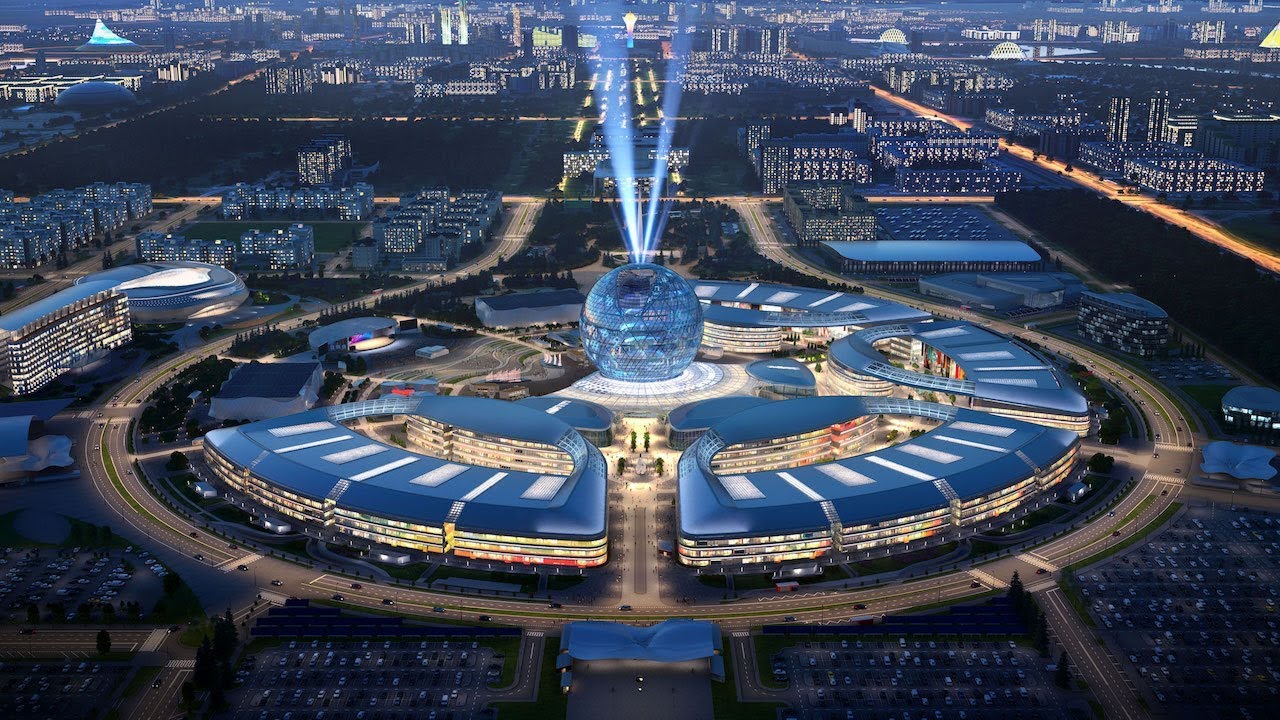
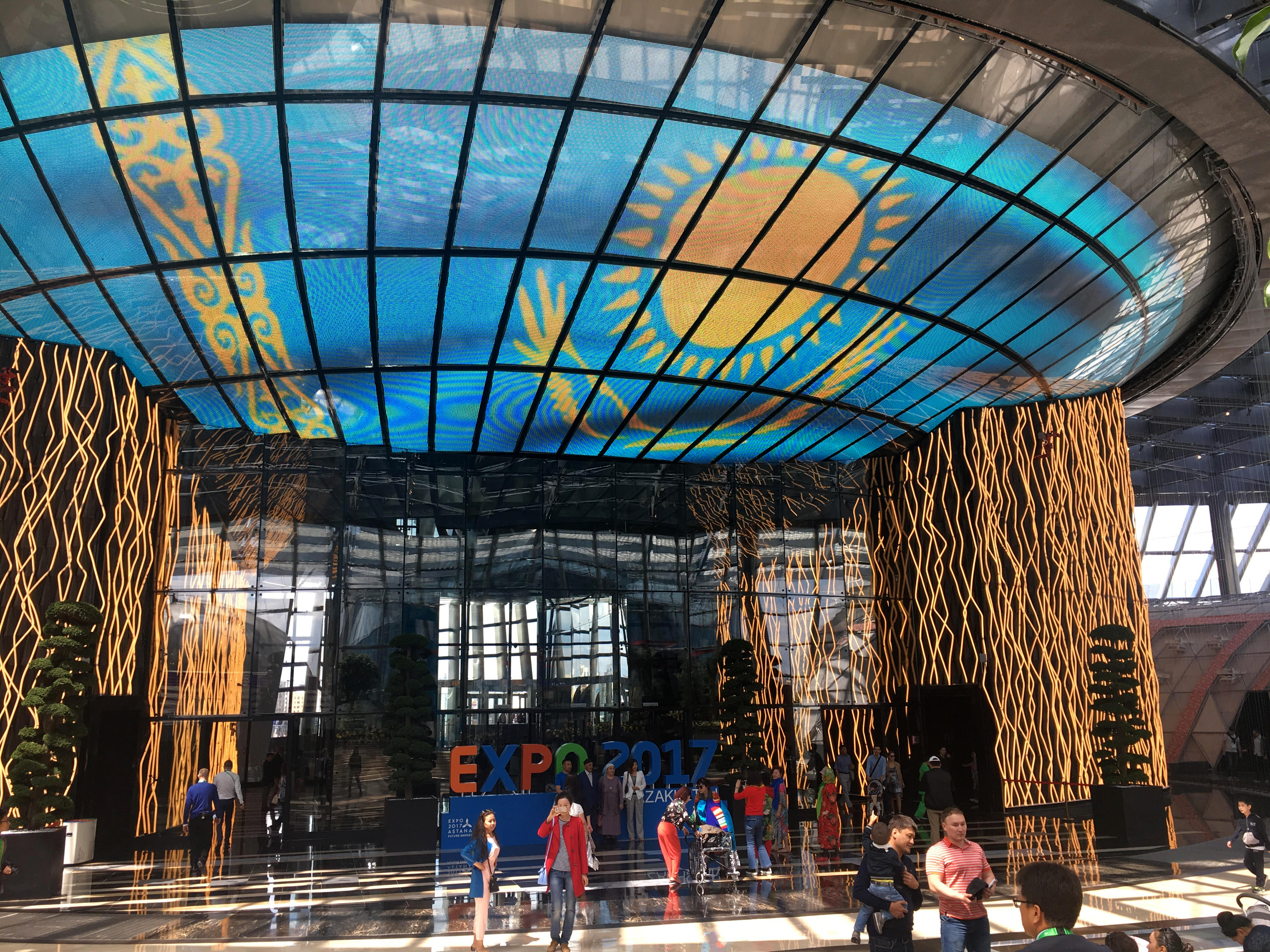 Pavilion of Kazakhstan at the International specialized exhibition "EXPO-2017".
Pavilion of Kazakhstan at the International specialized exhibition "EXPO-2017".
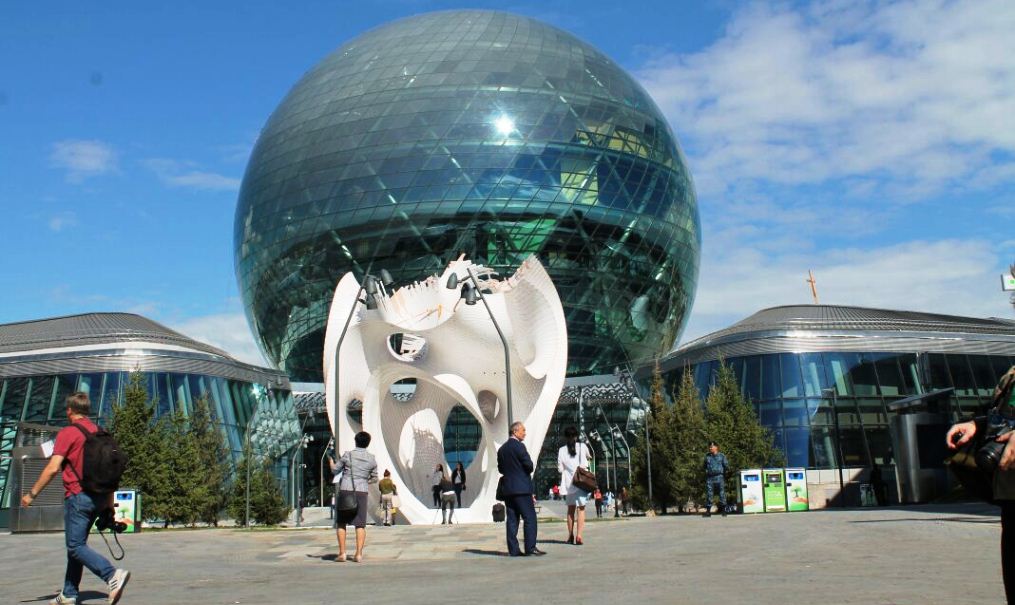
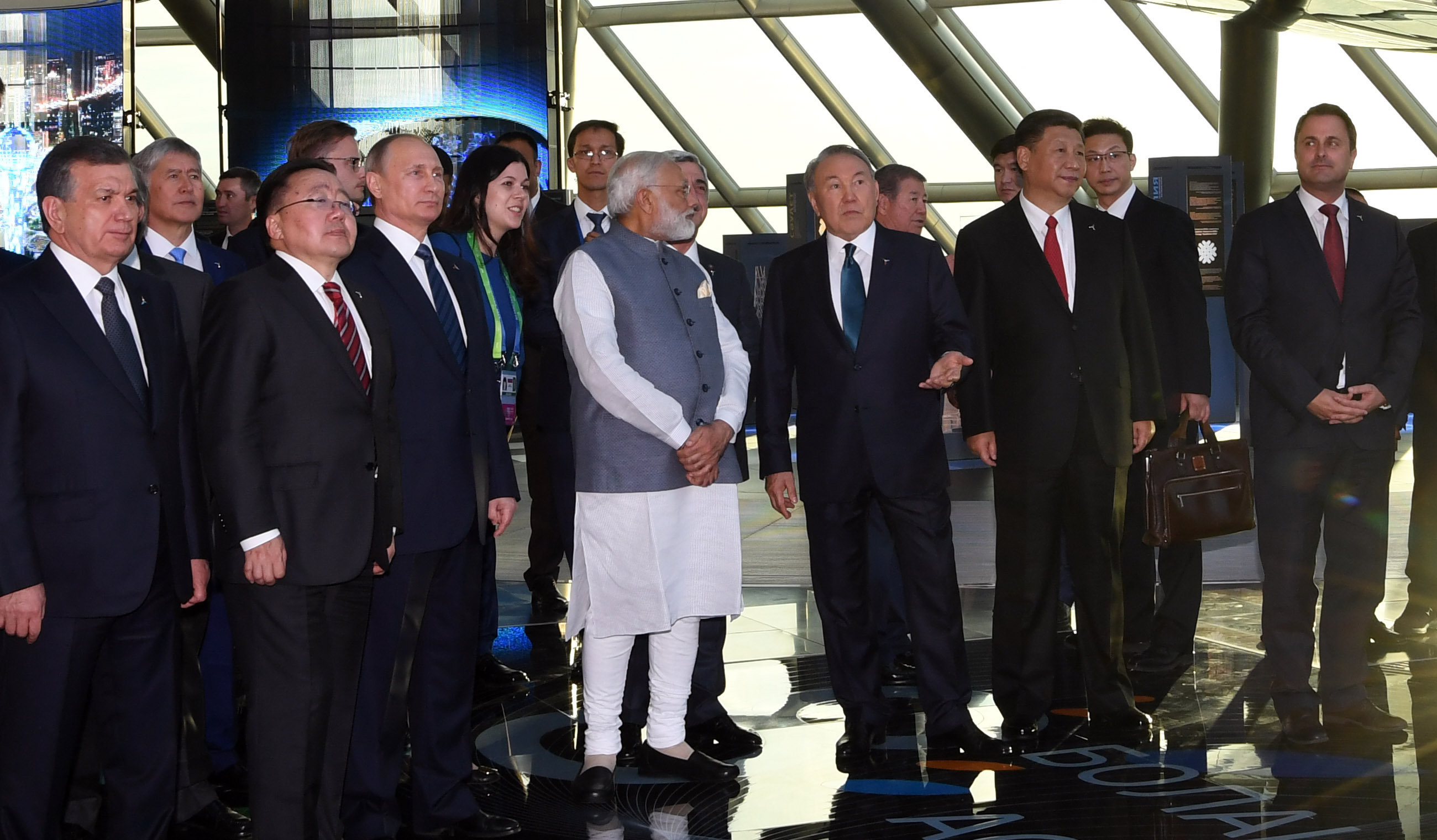
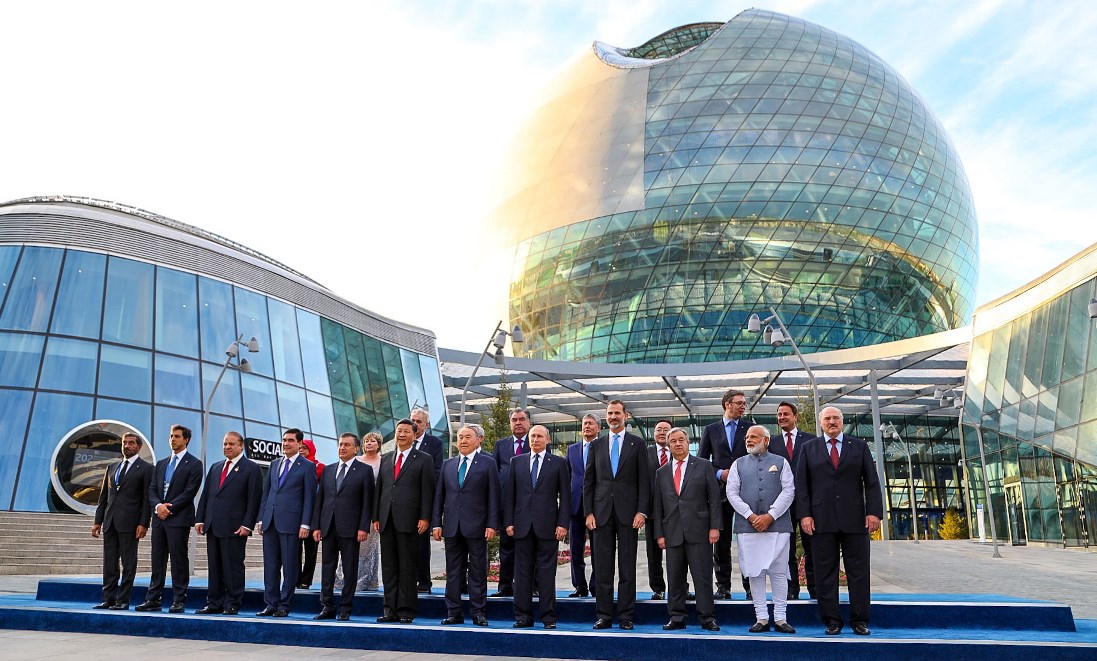
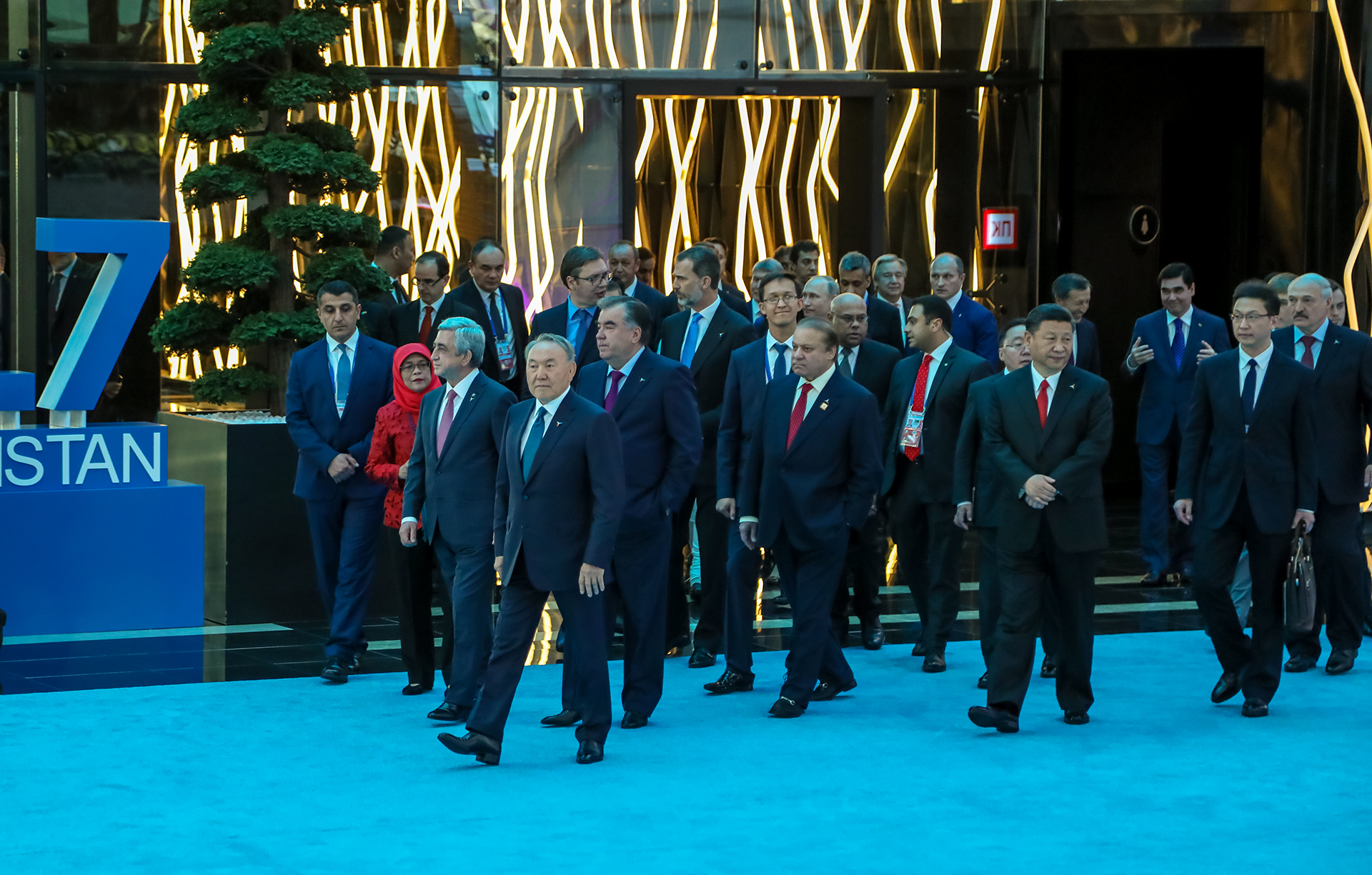
Heads of the states visiting the pavilion of Kazakhstan at the EXPO-2017 exhibition.
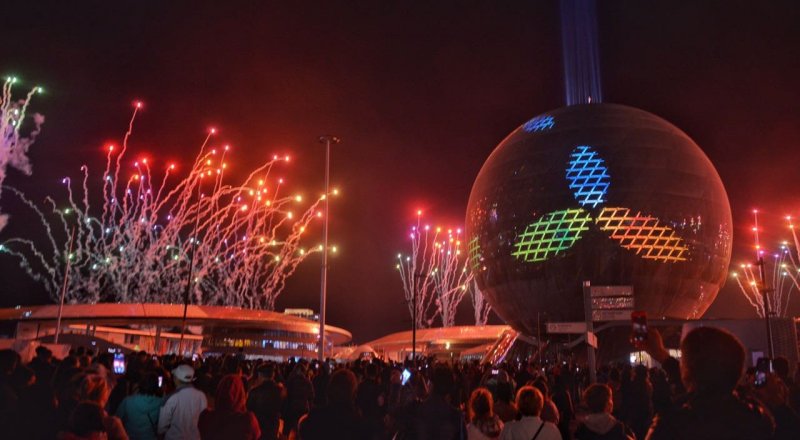
- In 2017, the Winter Universiade 2017 was held in Almaty. Representatives of 57 countries took part in the opening ceremony.
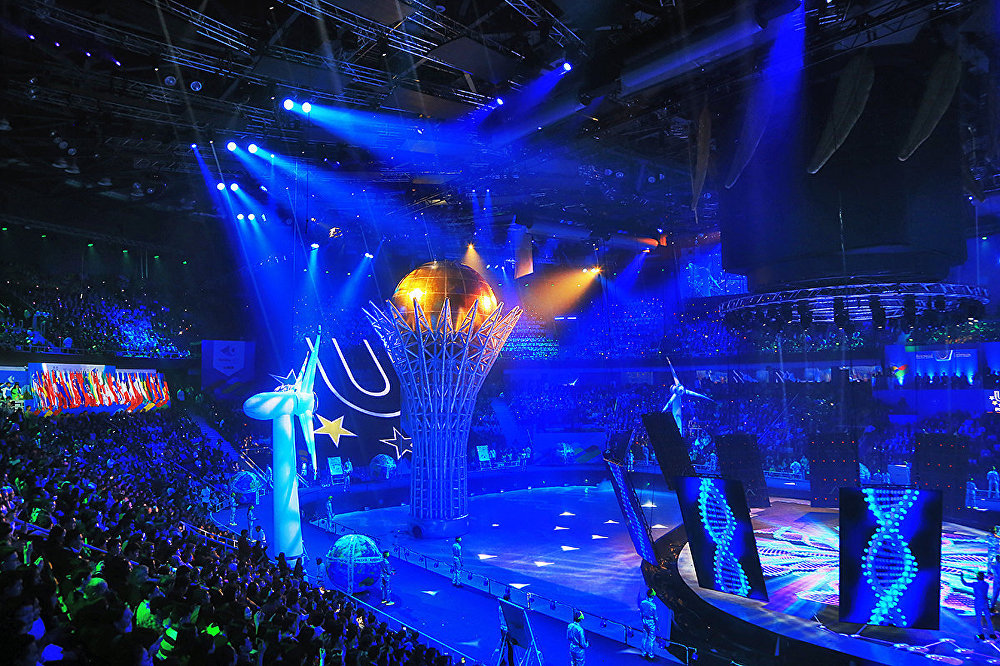
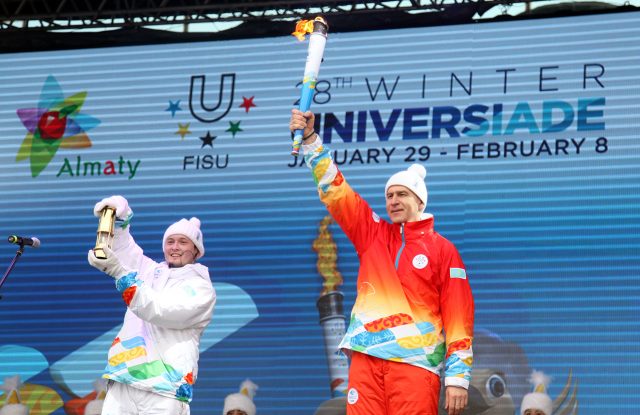
- The Astana International Financial Center began operating on July 5, 2018. The AIFC plays a key role as a regional center for business and finance, linking the economies of Central Asia, the Caucasus, the EAEU, Western China, Mongolia, the Middle East and Europe.
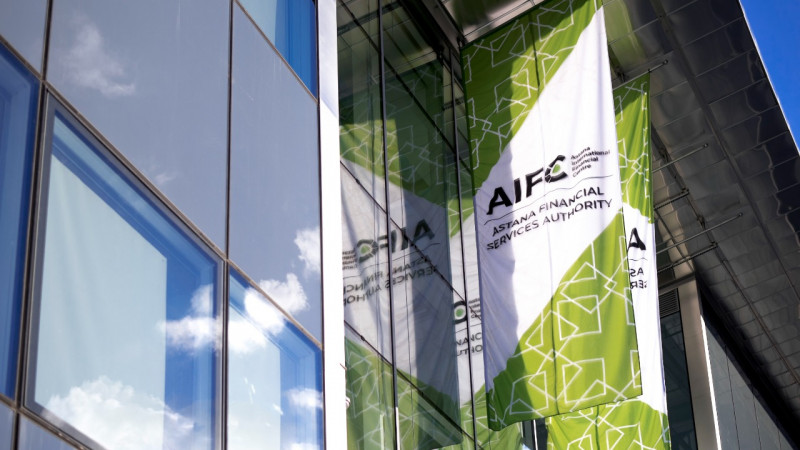
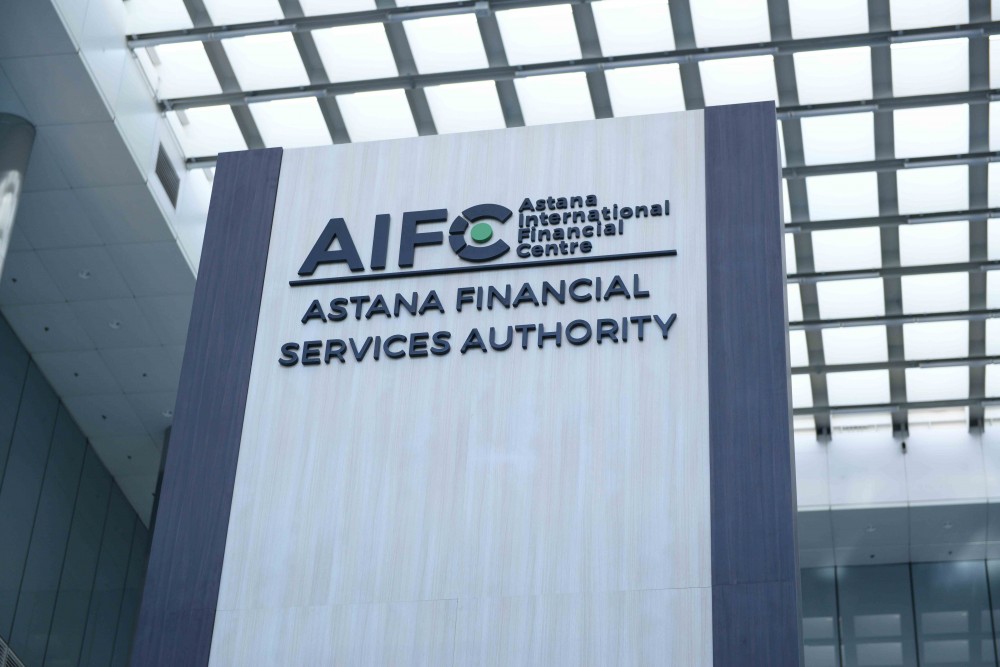
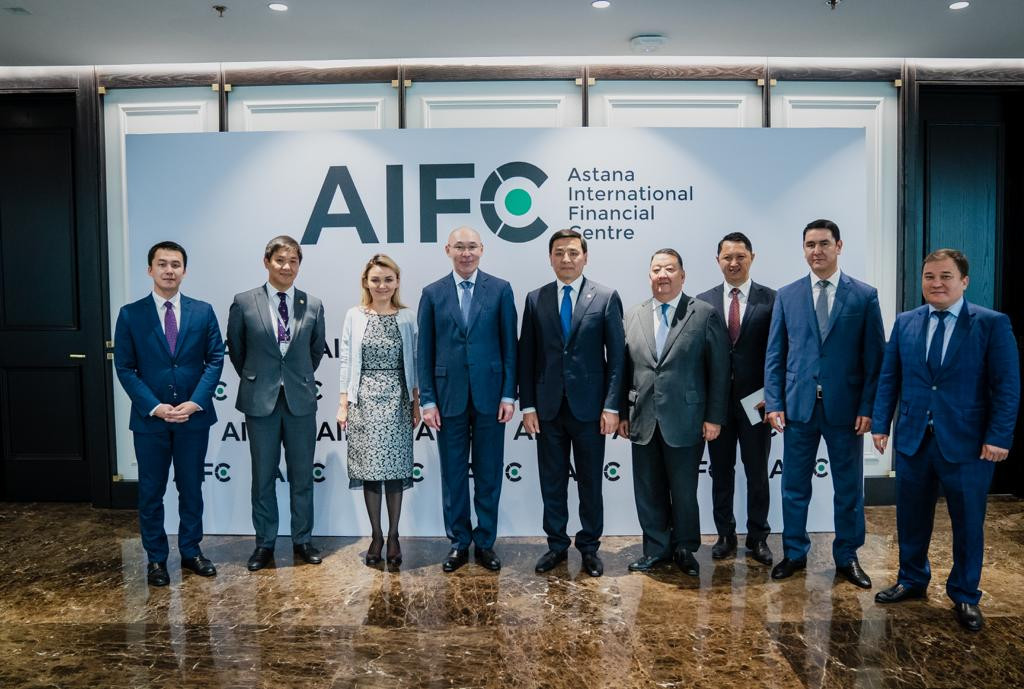
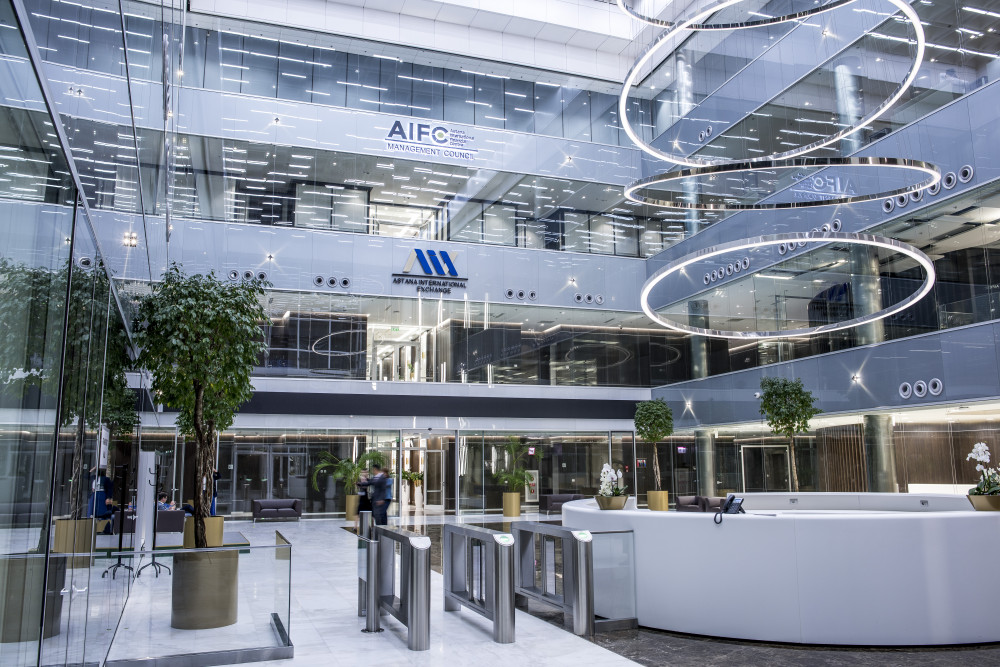
The building of the Astana International Financial Center (AIFC) in Nur-Sultan.